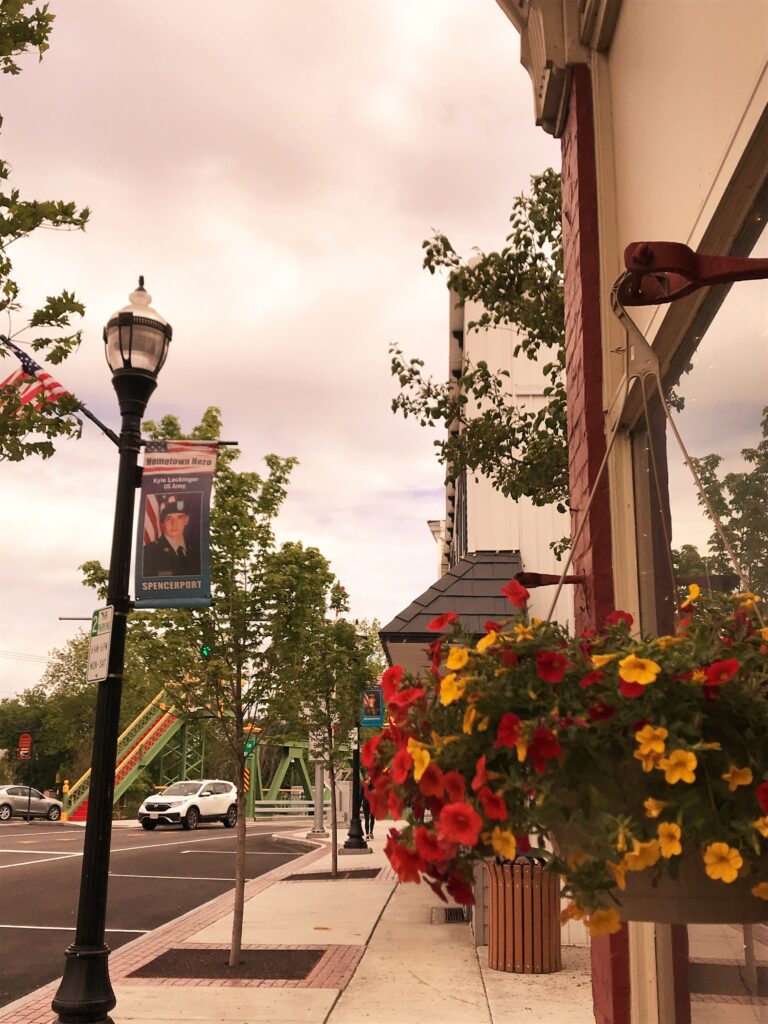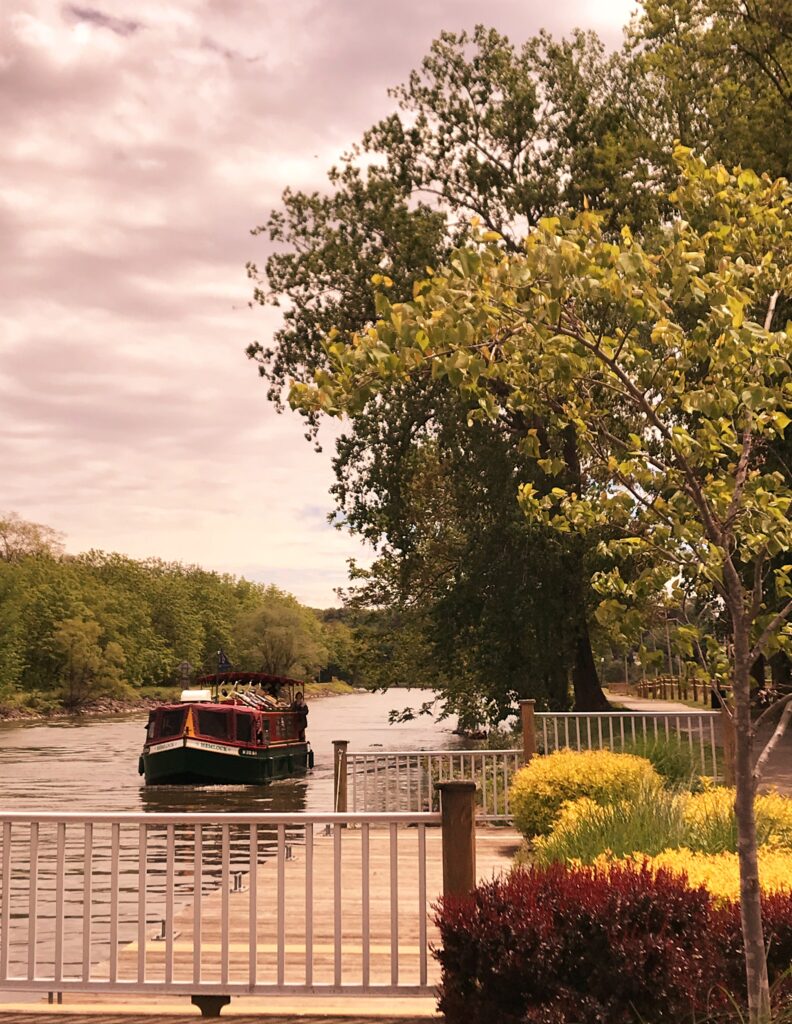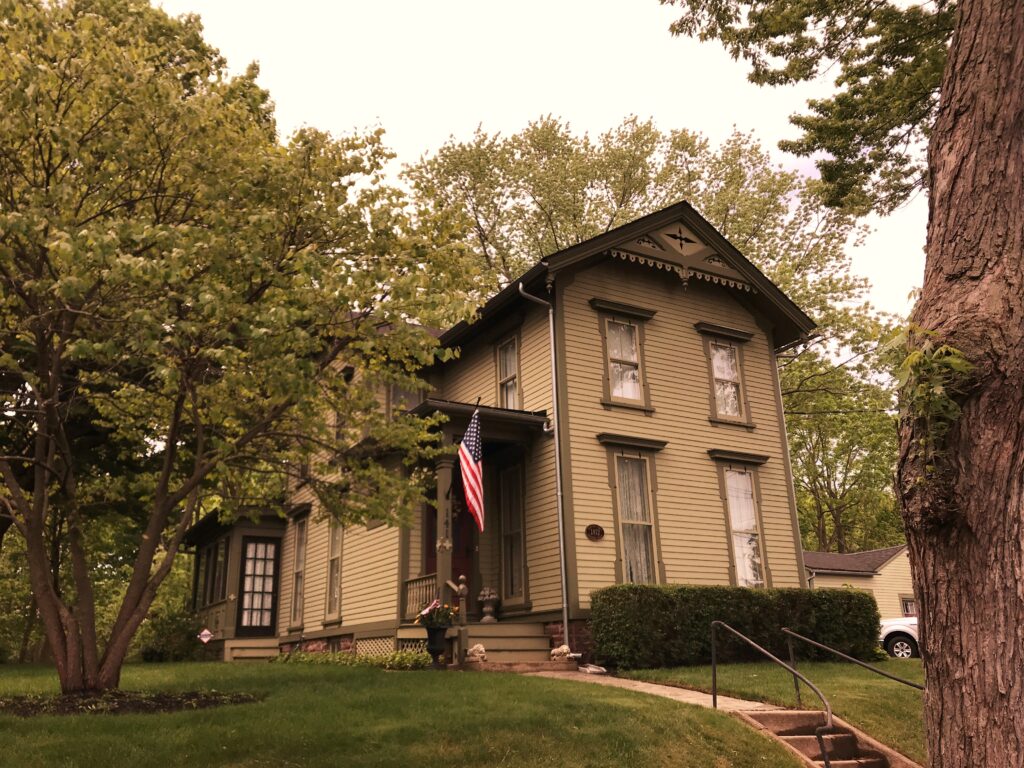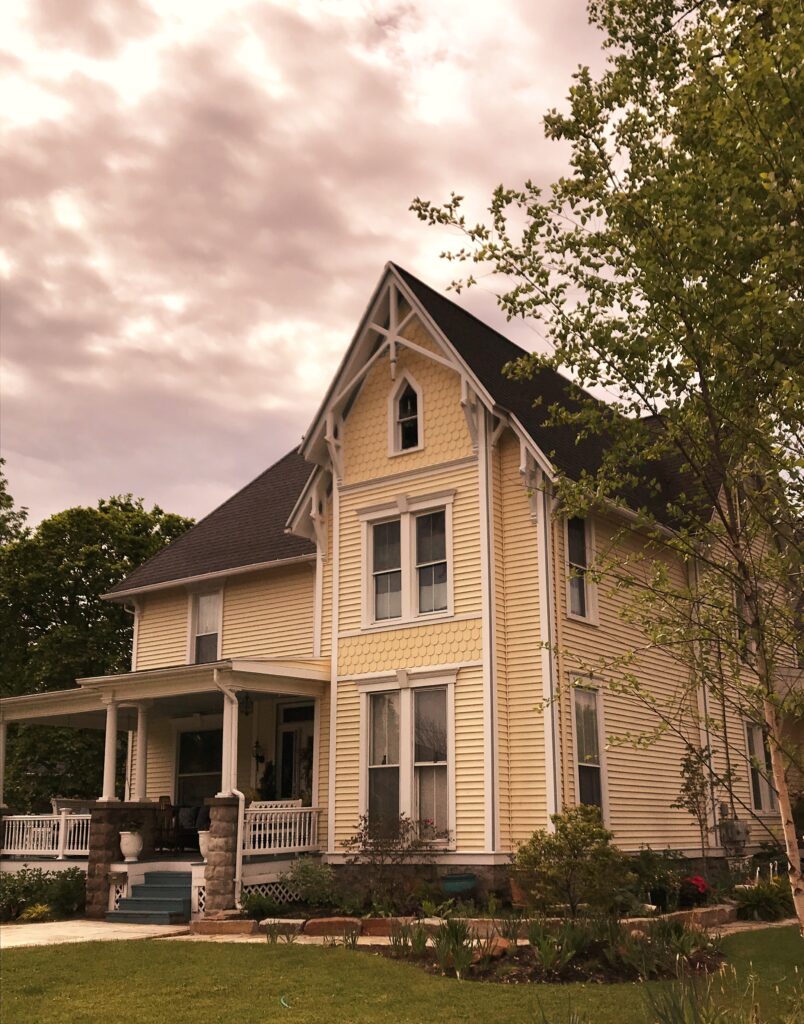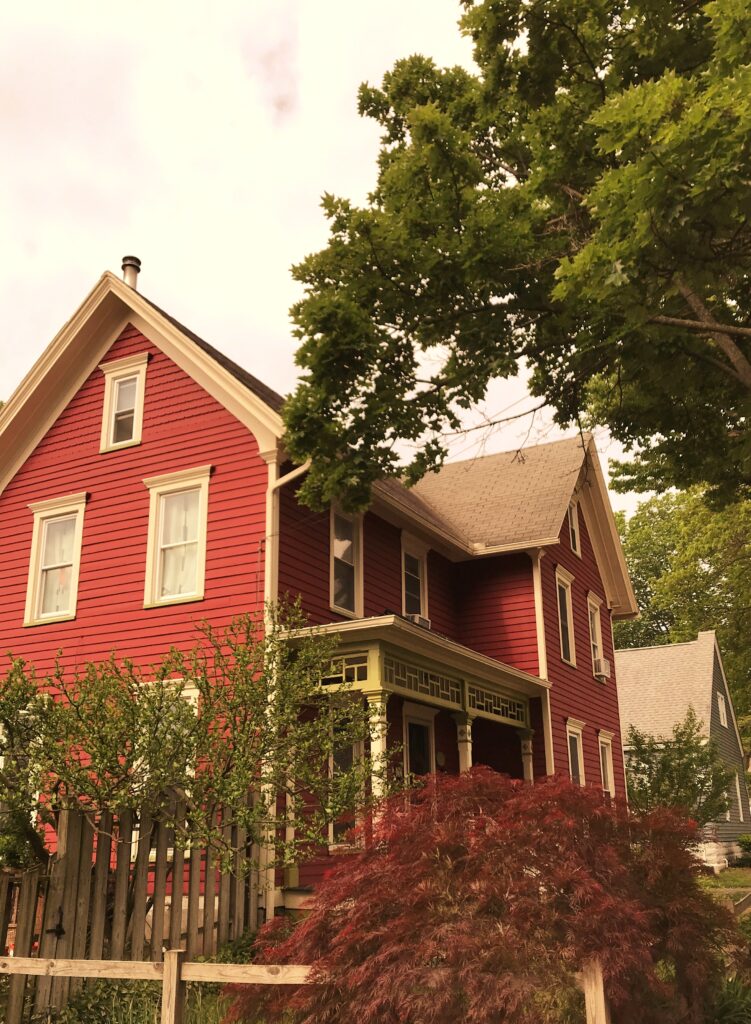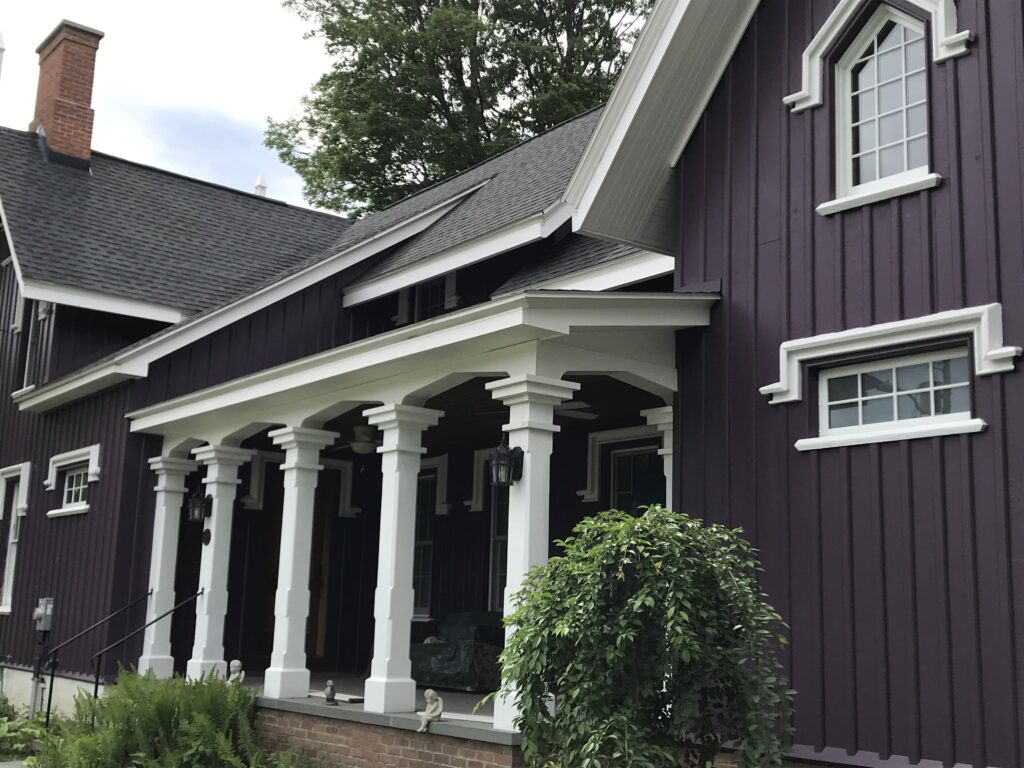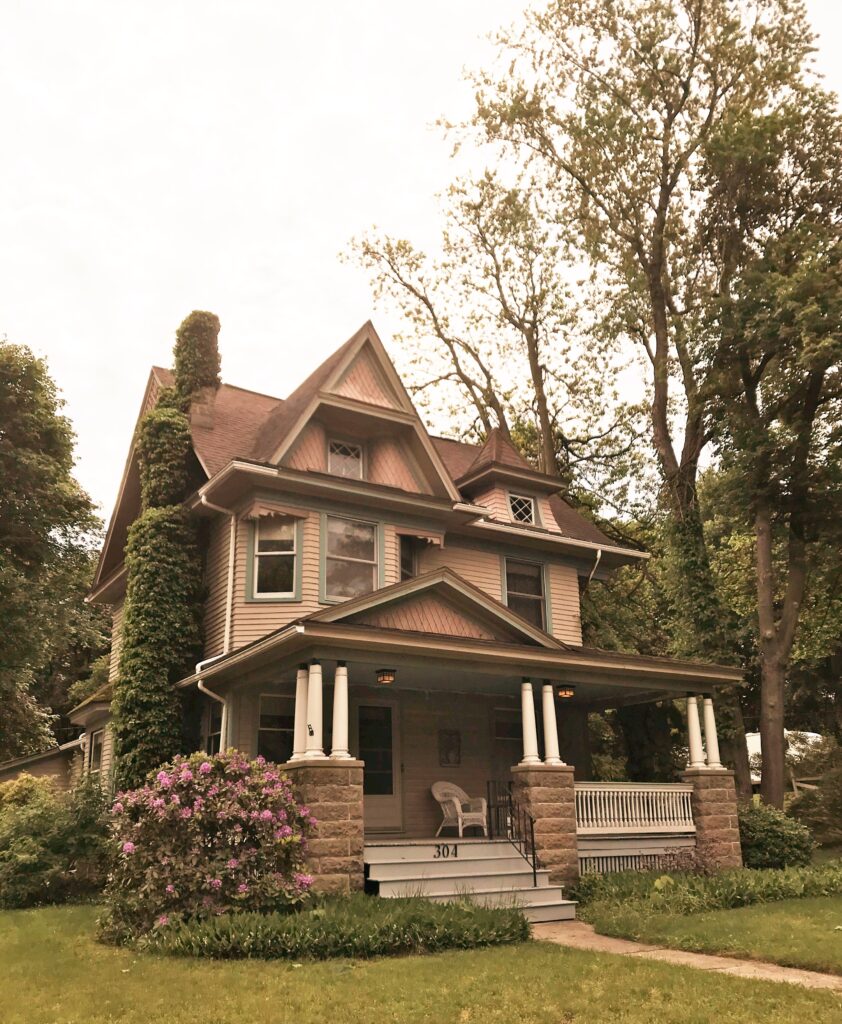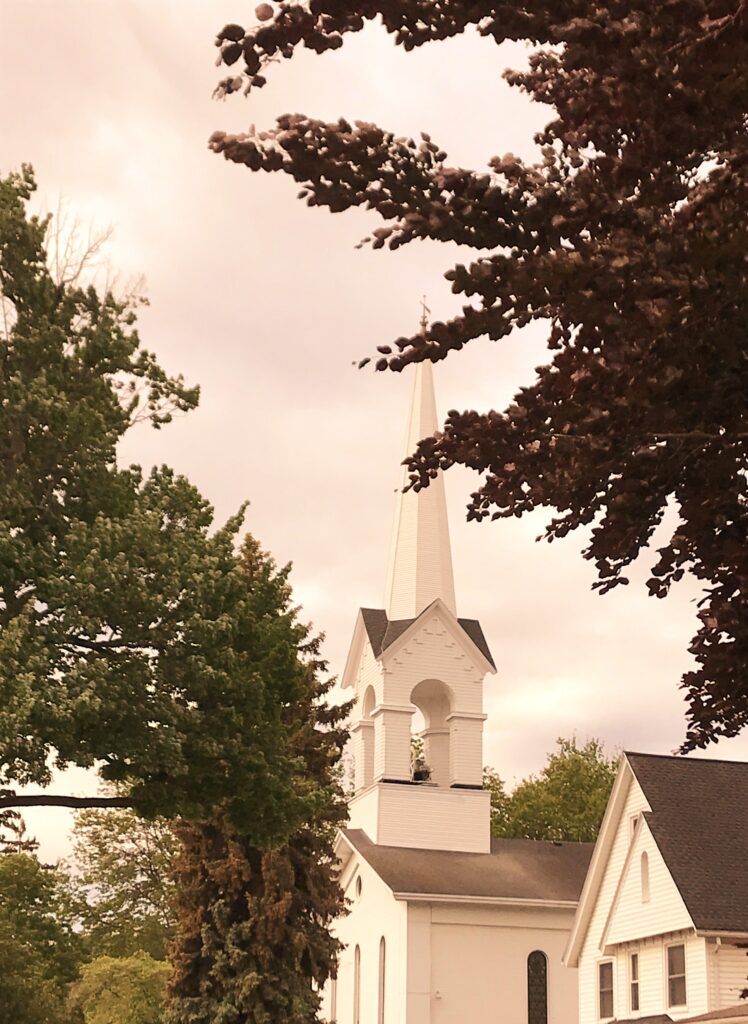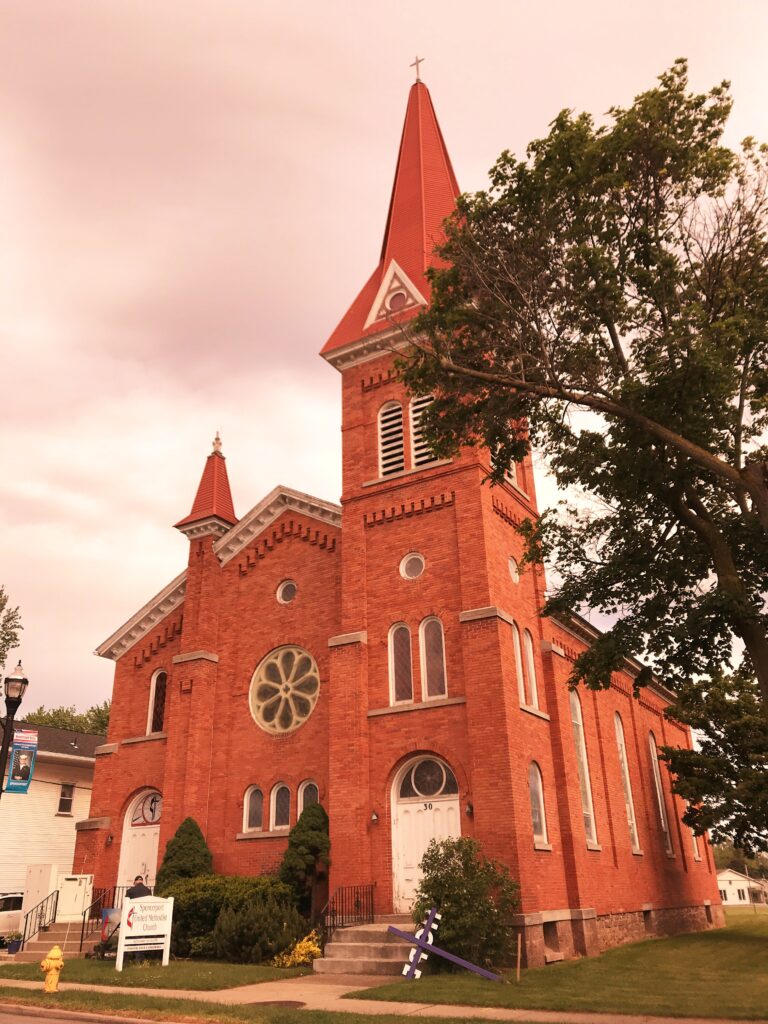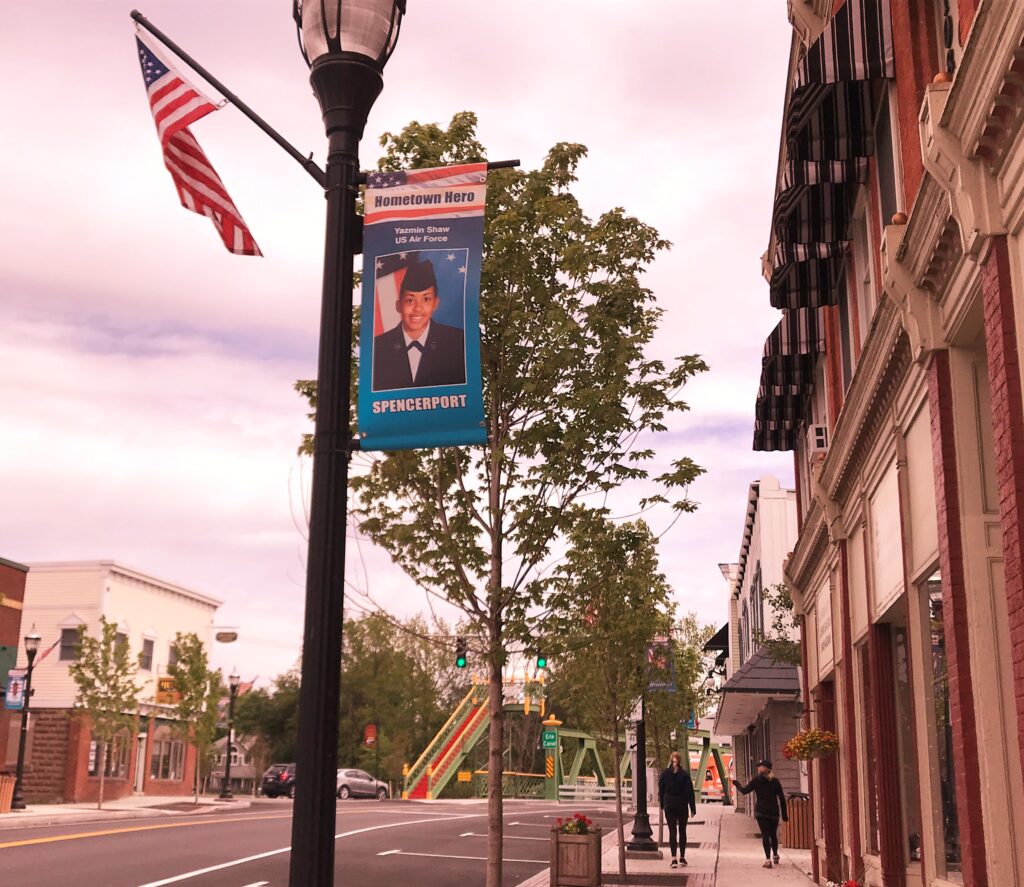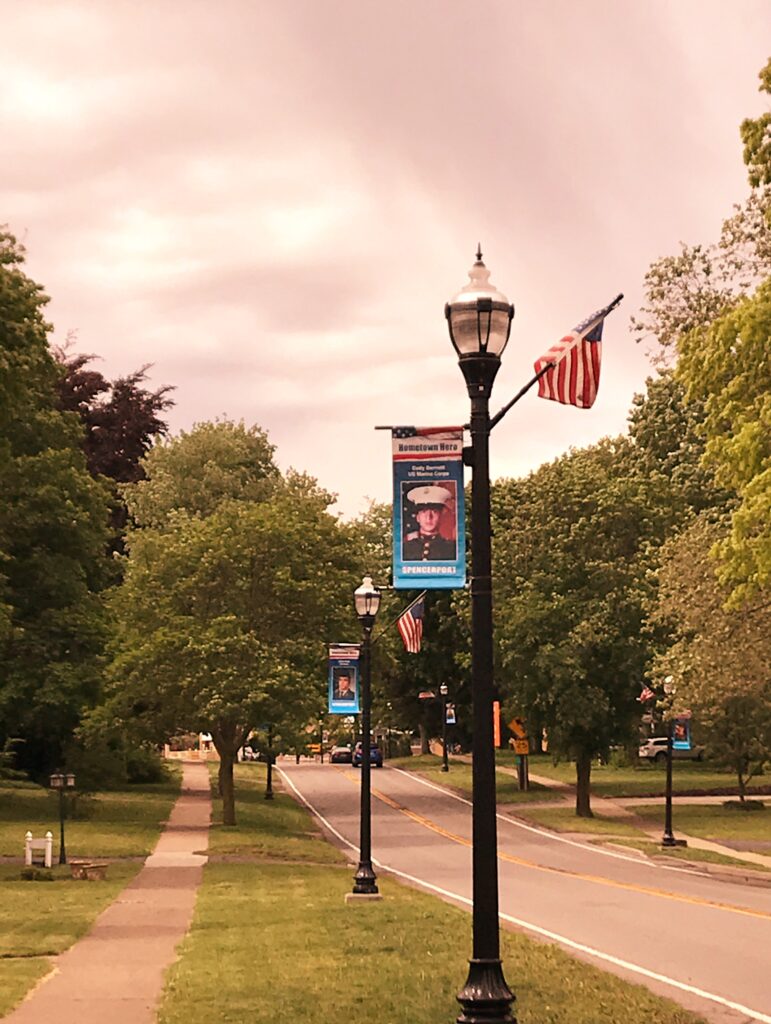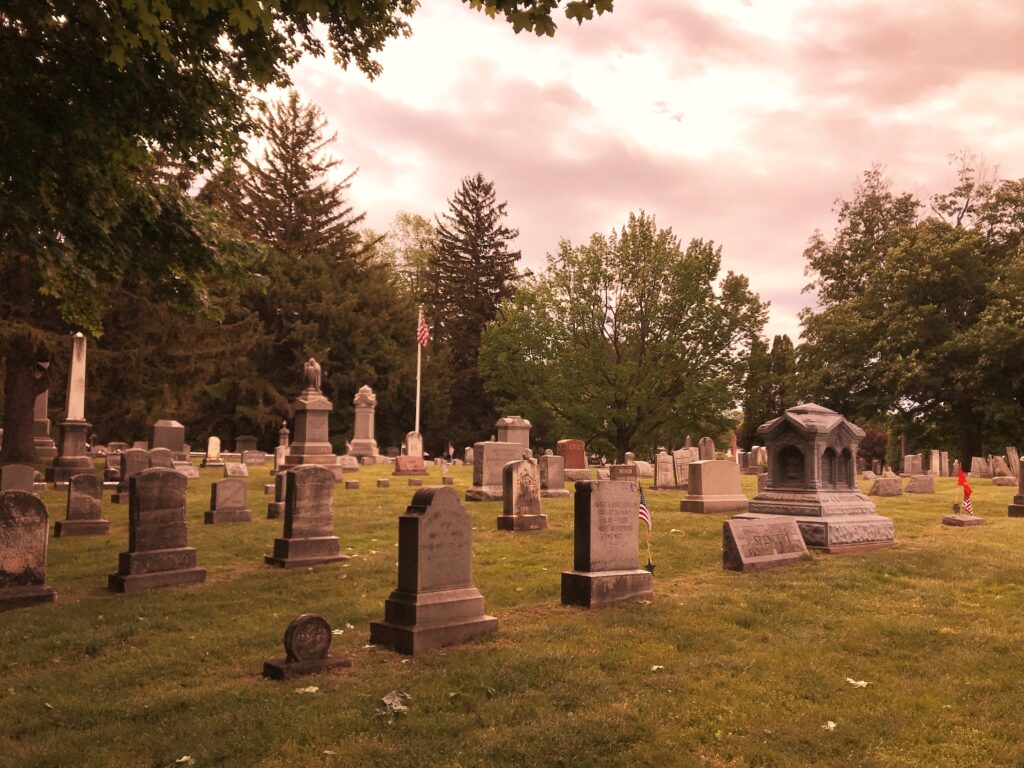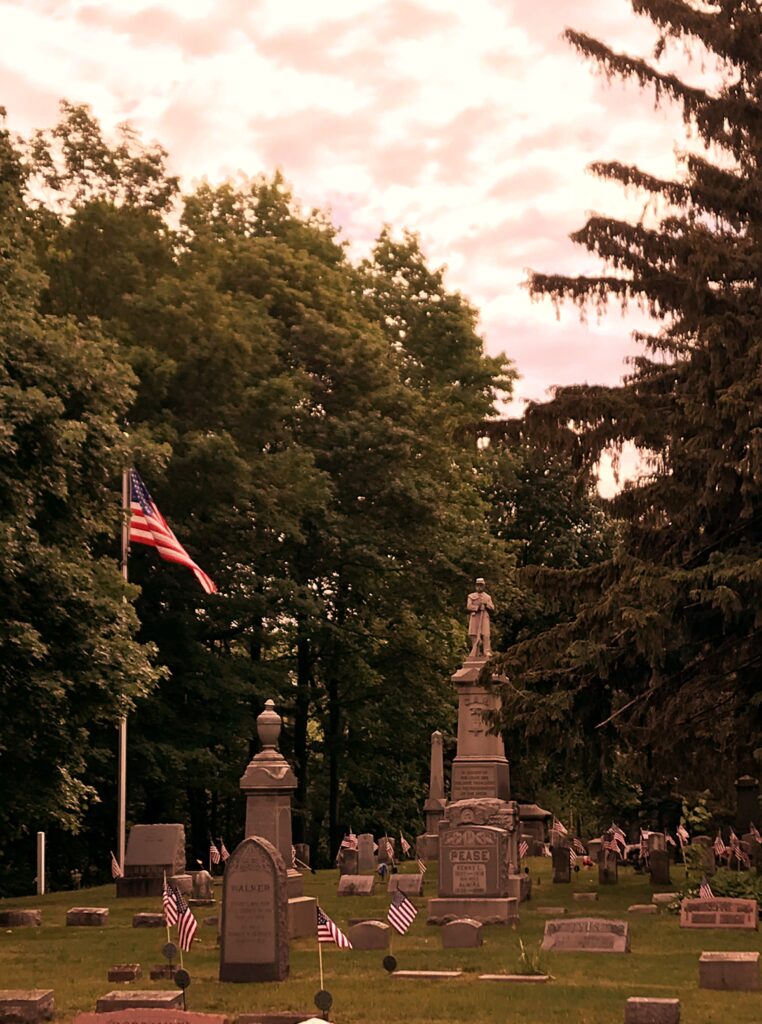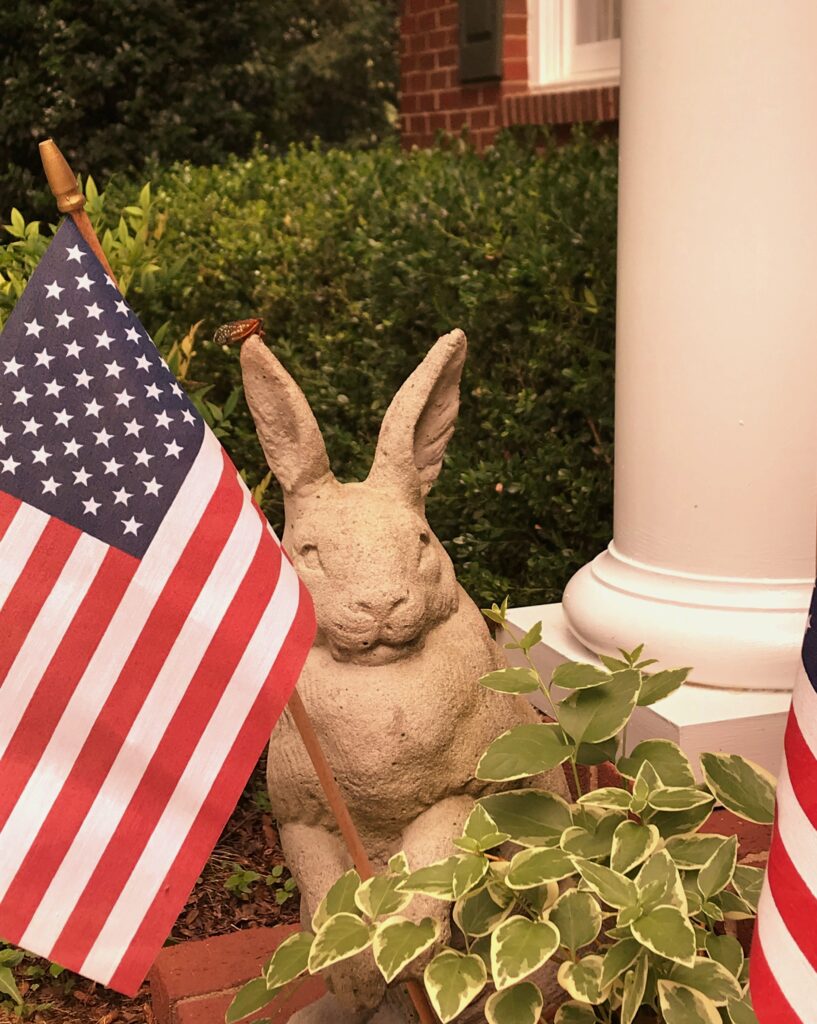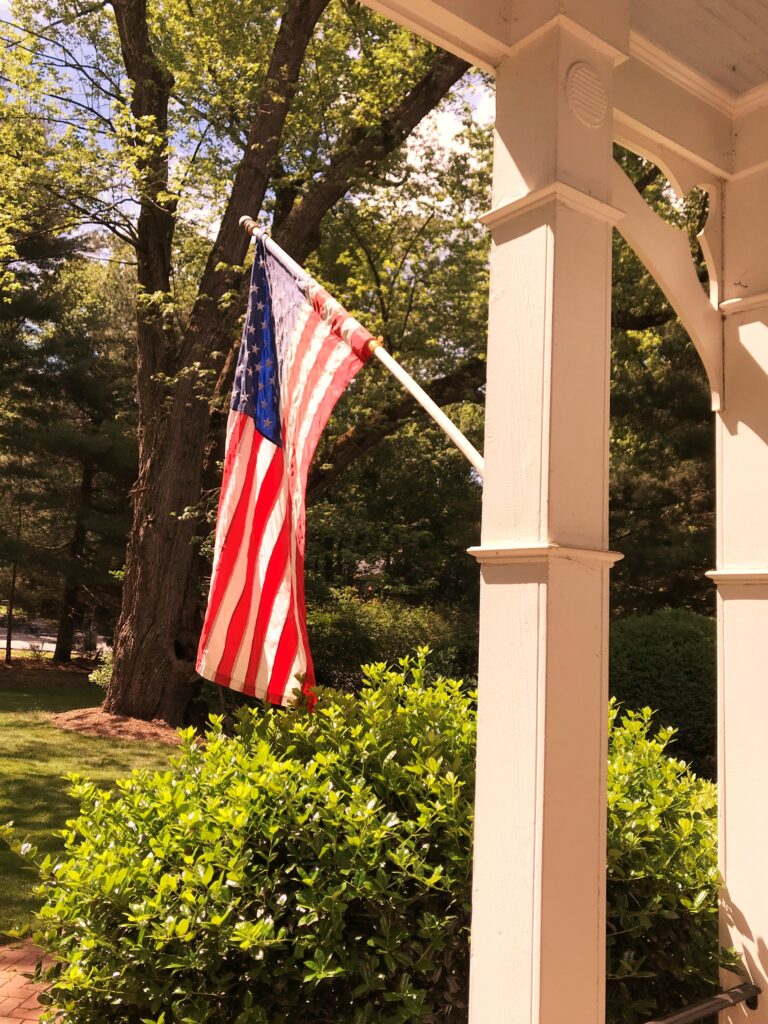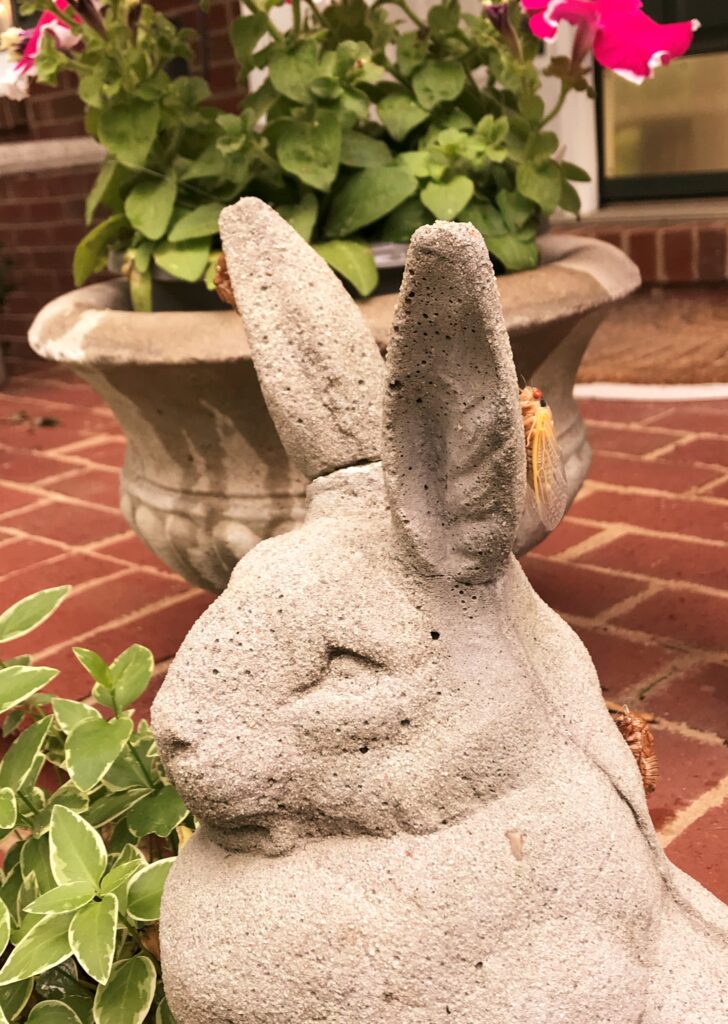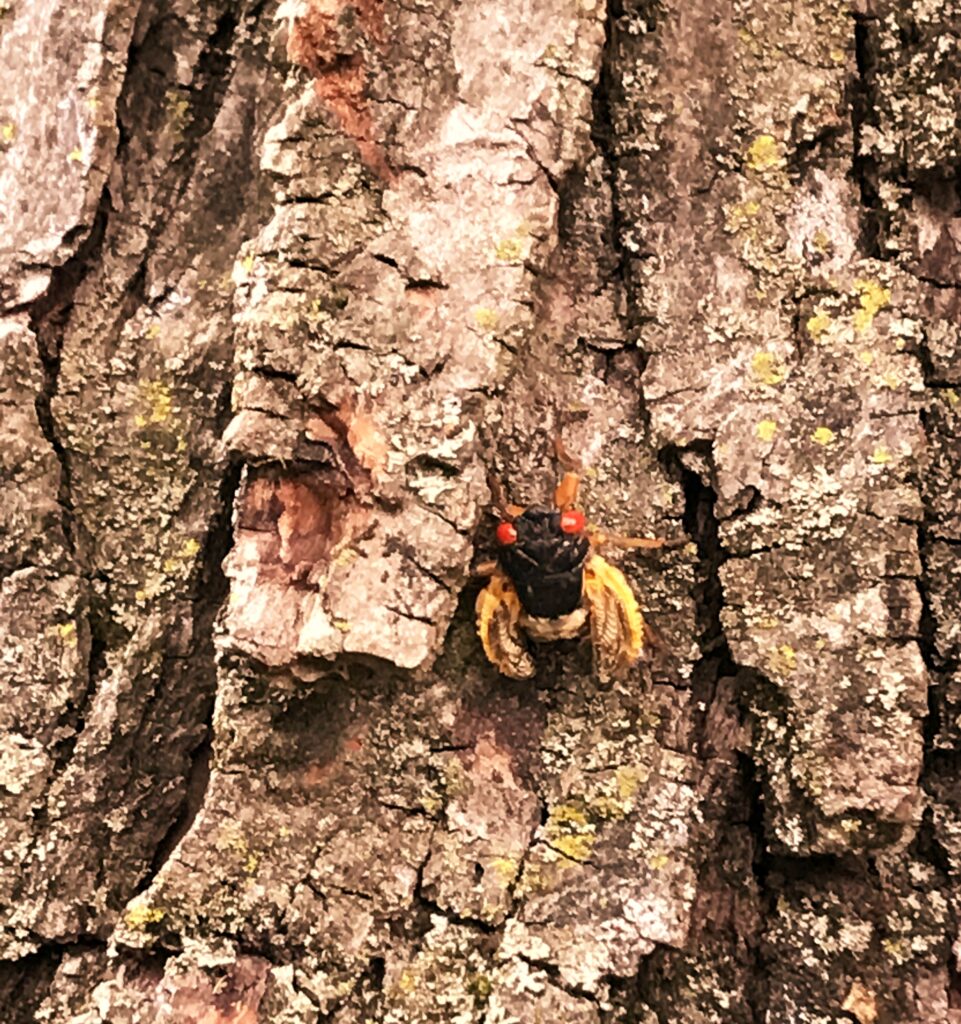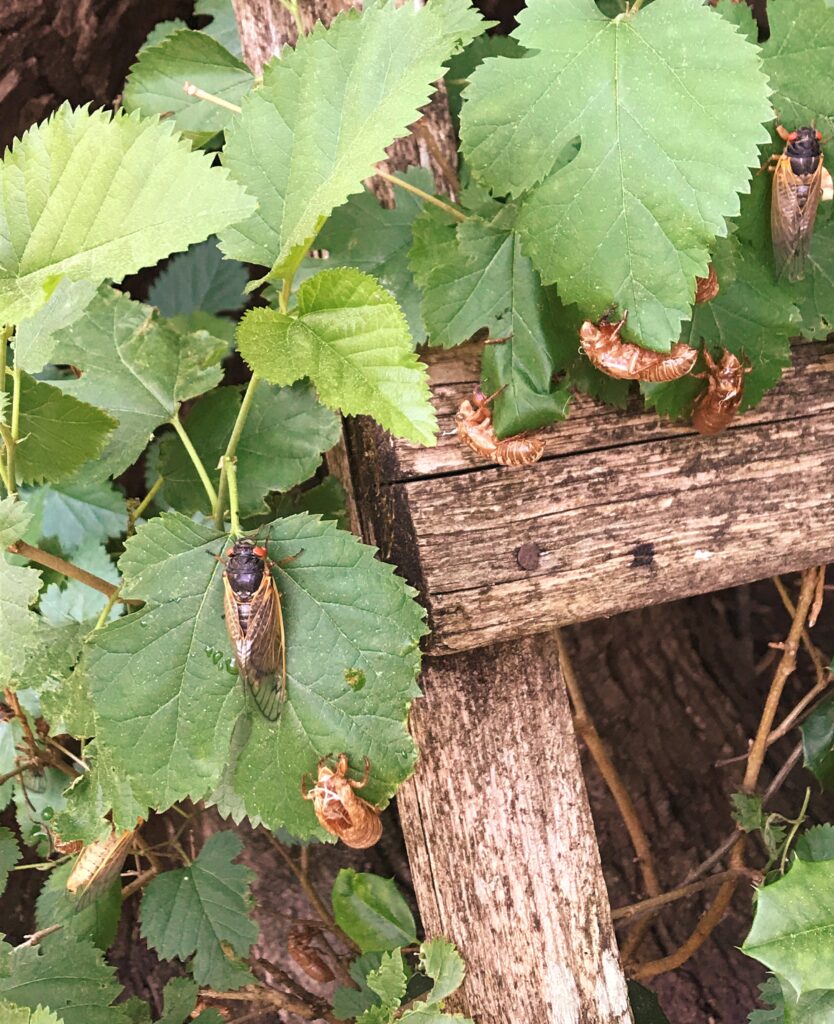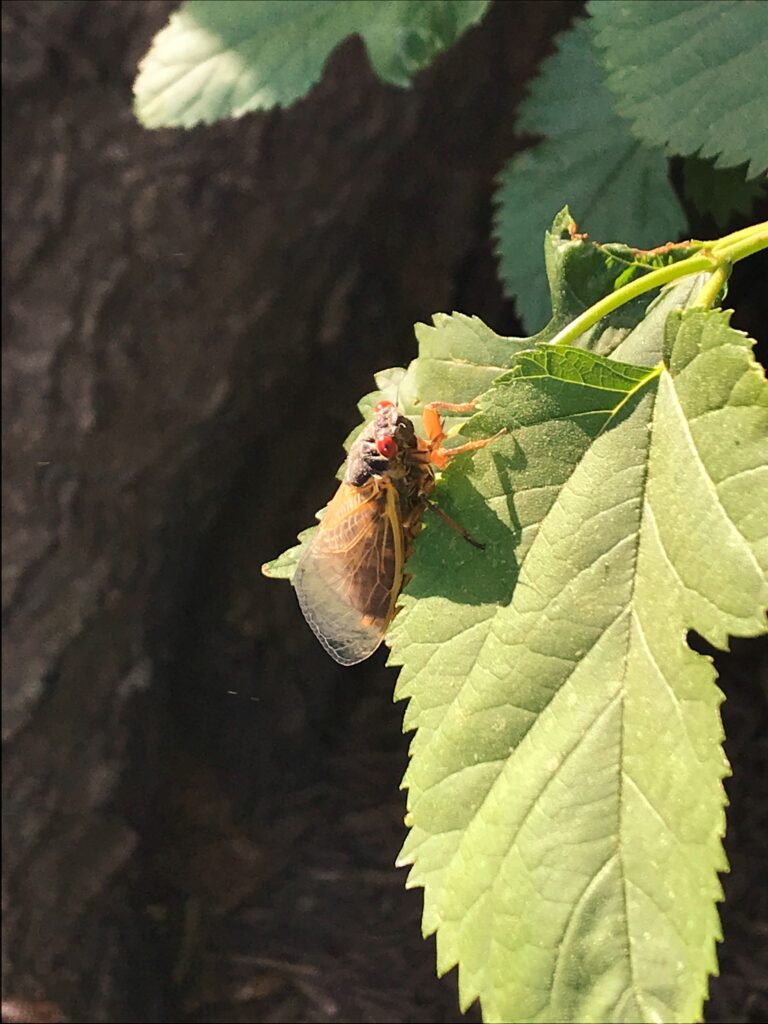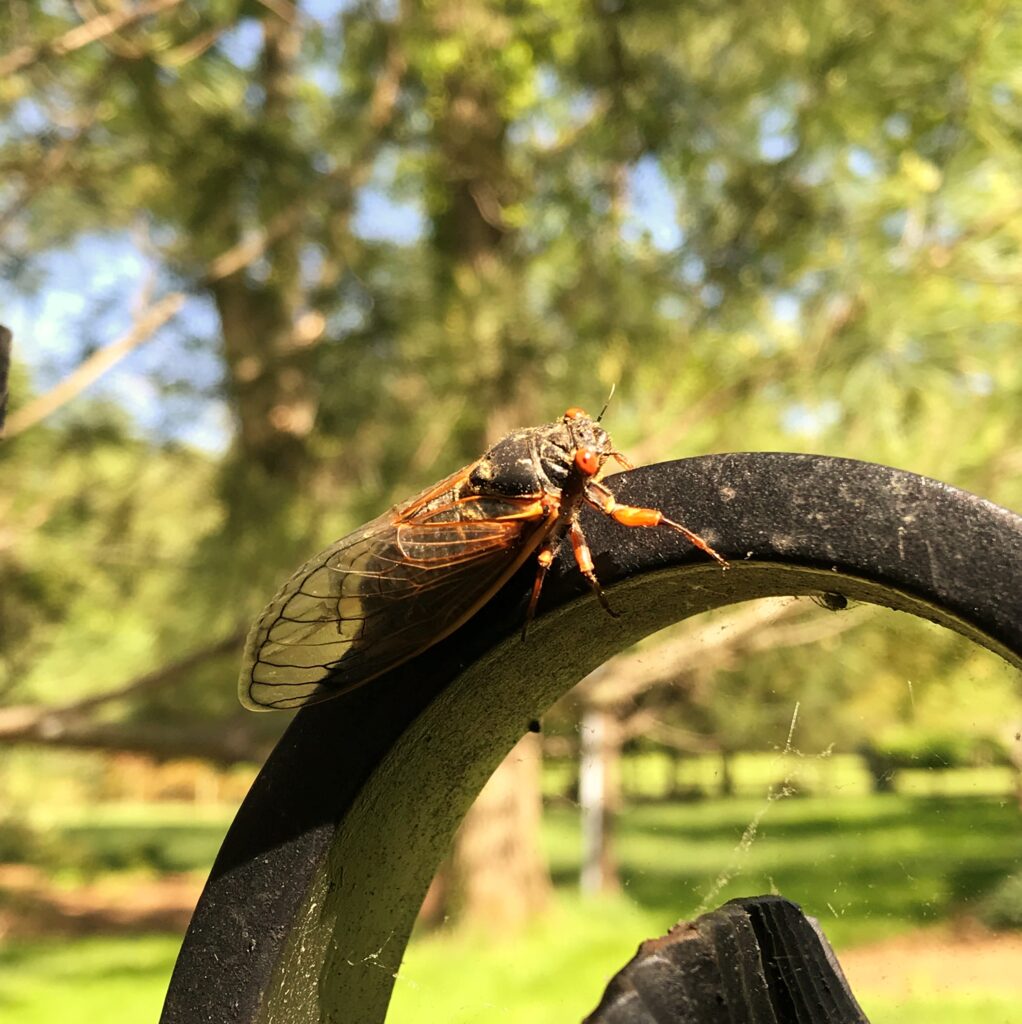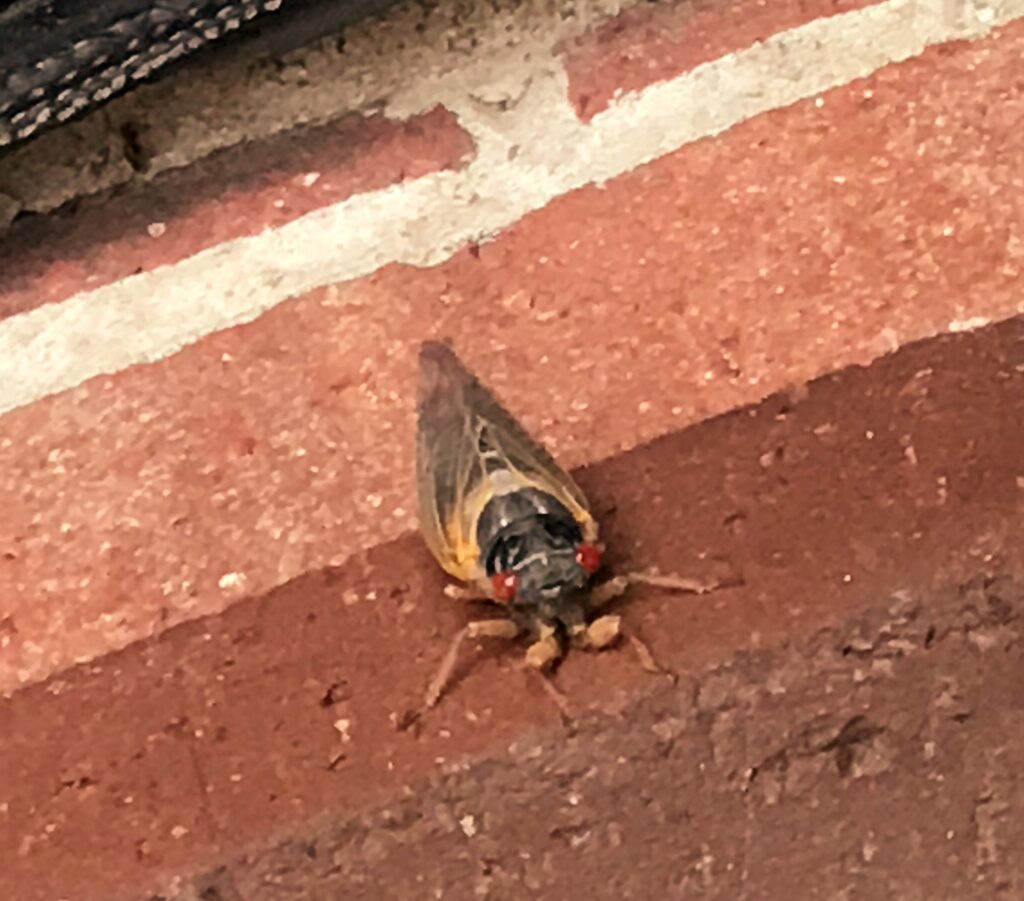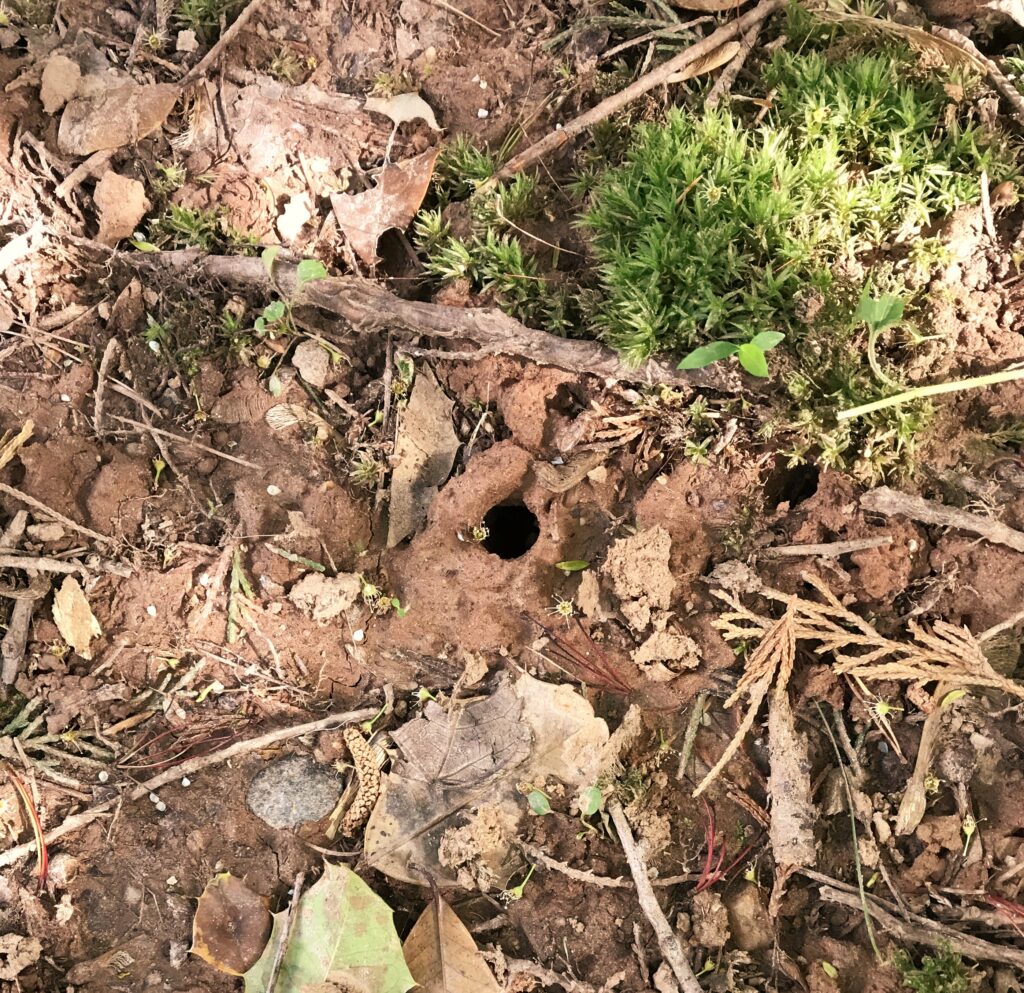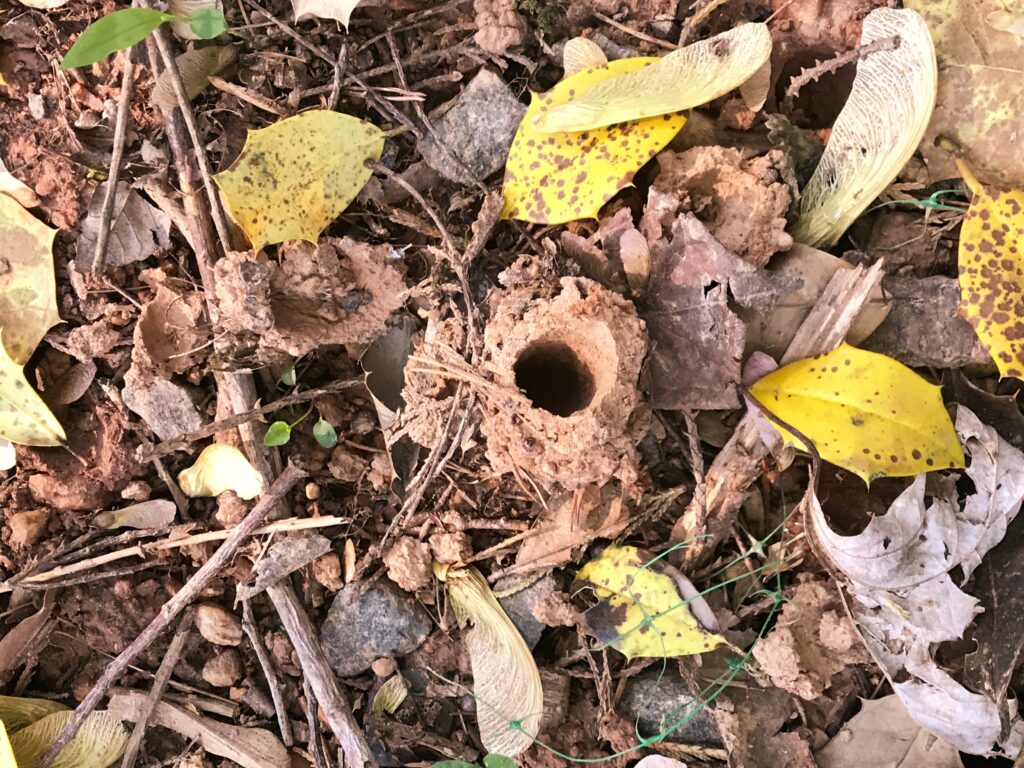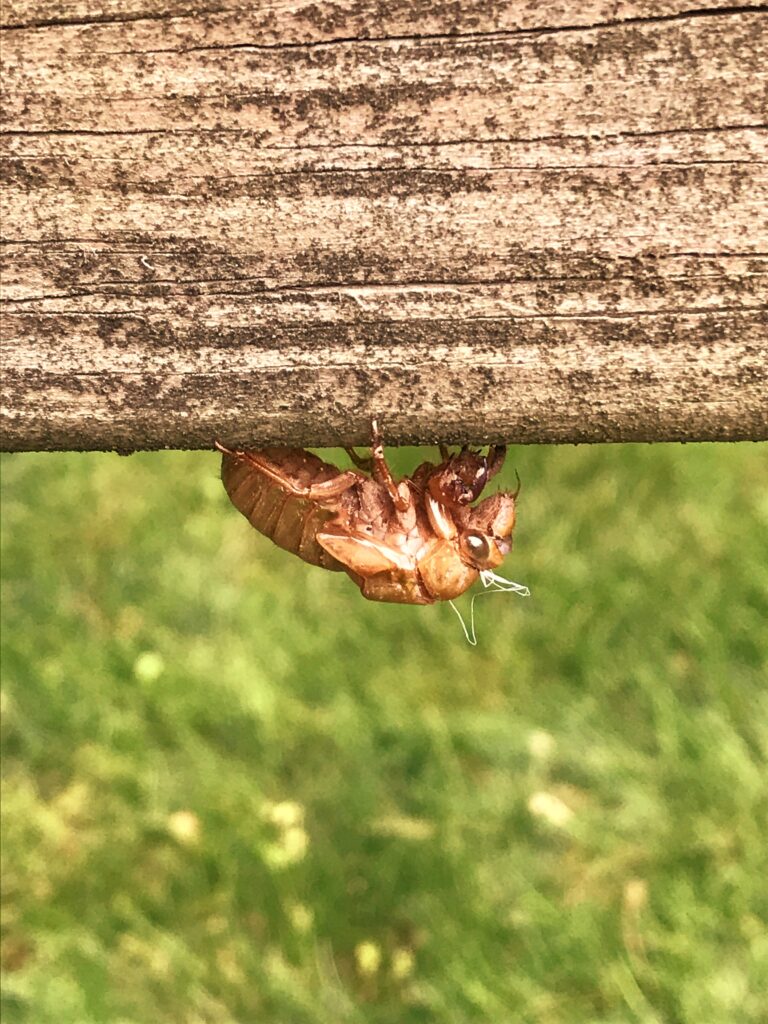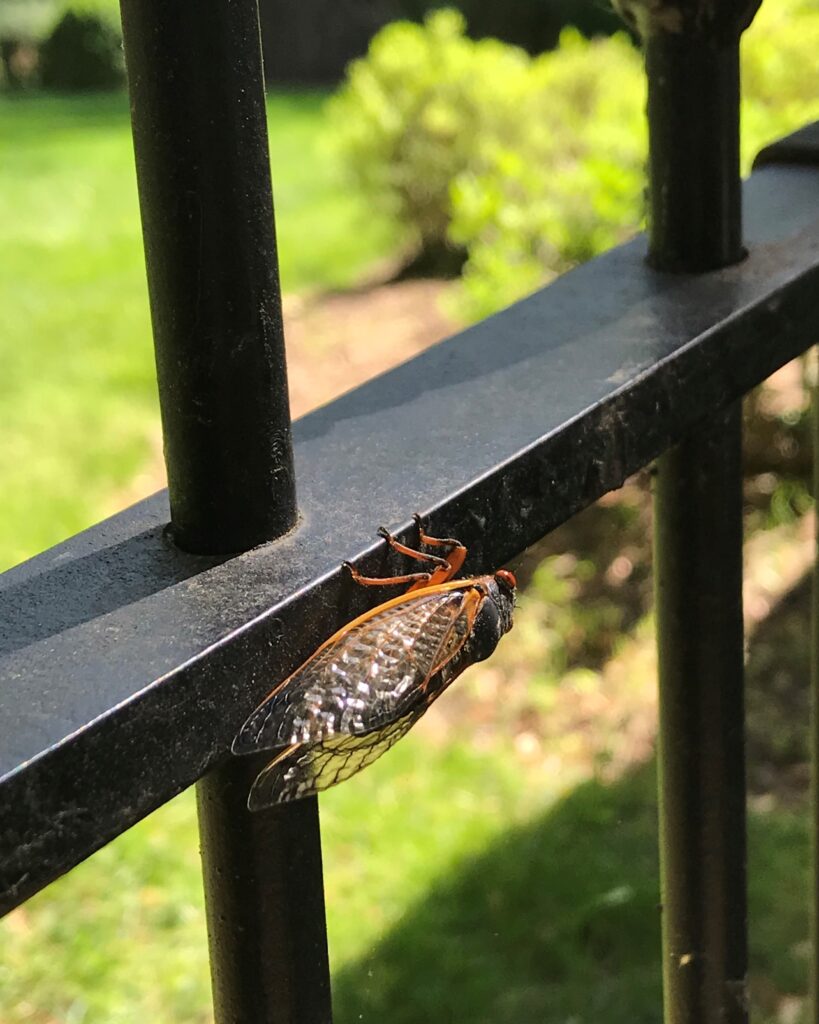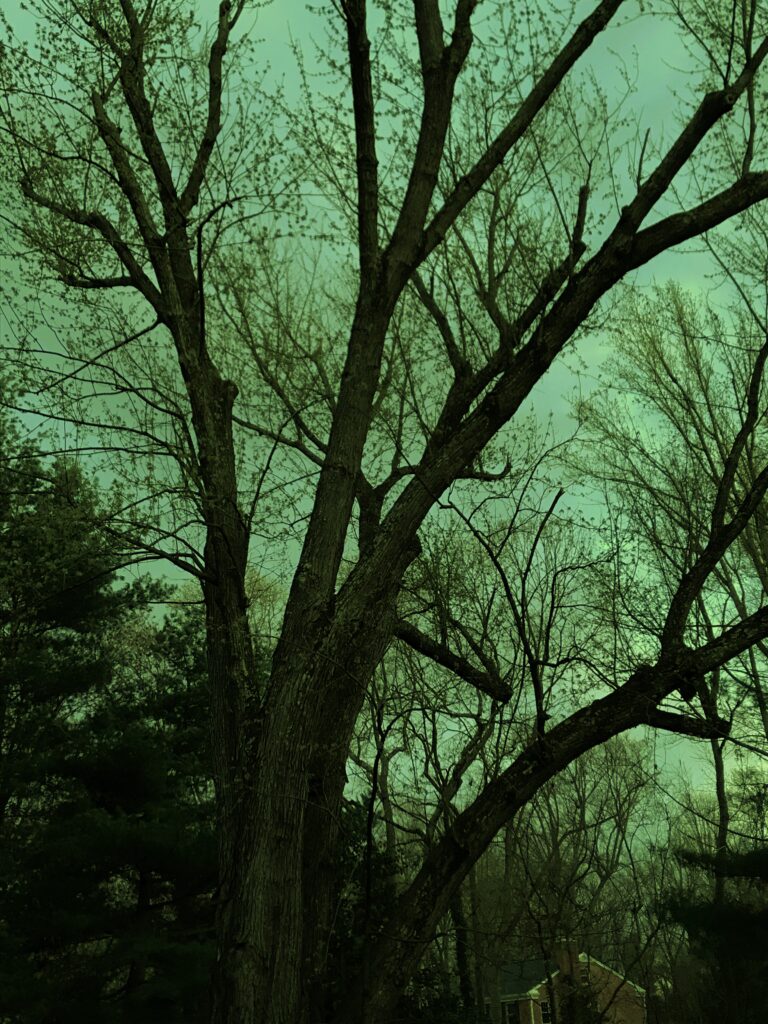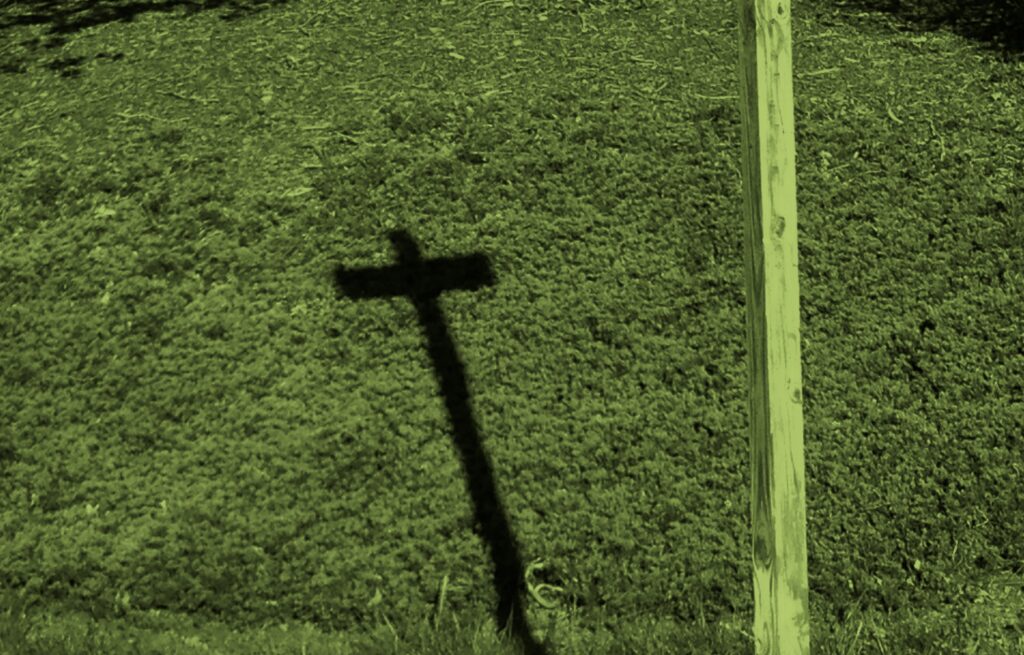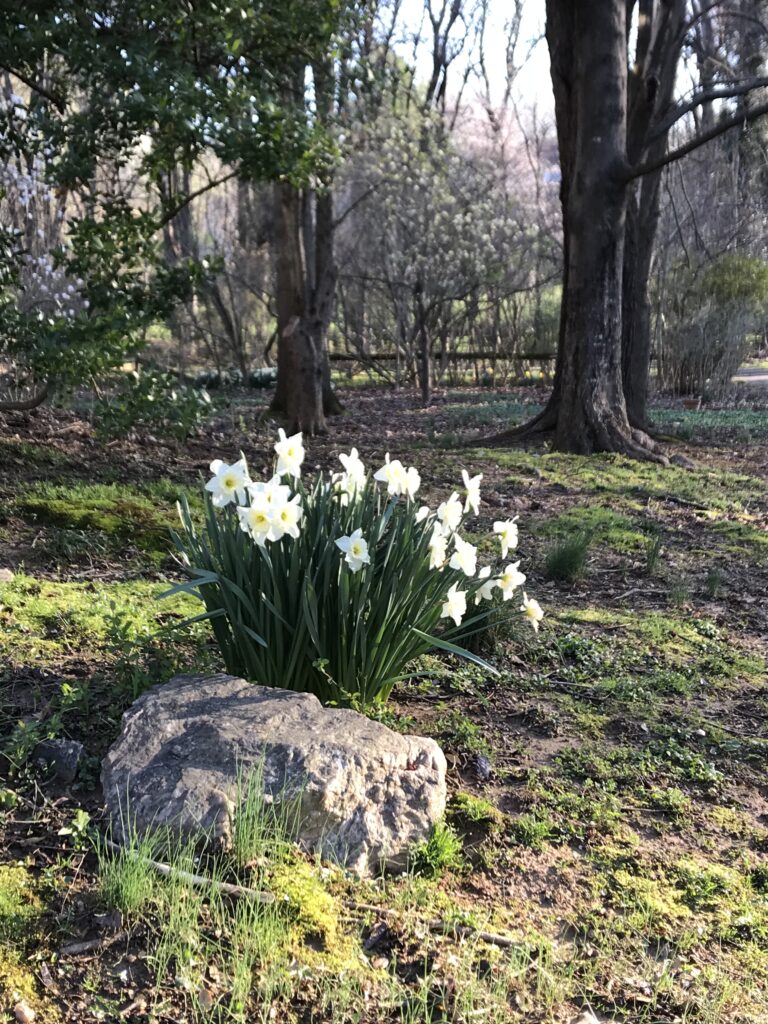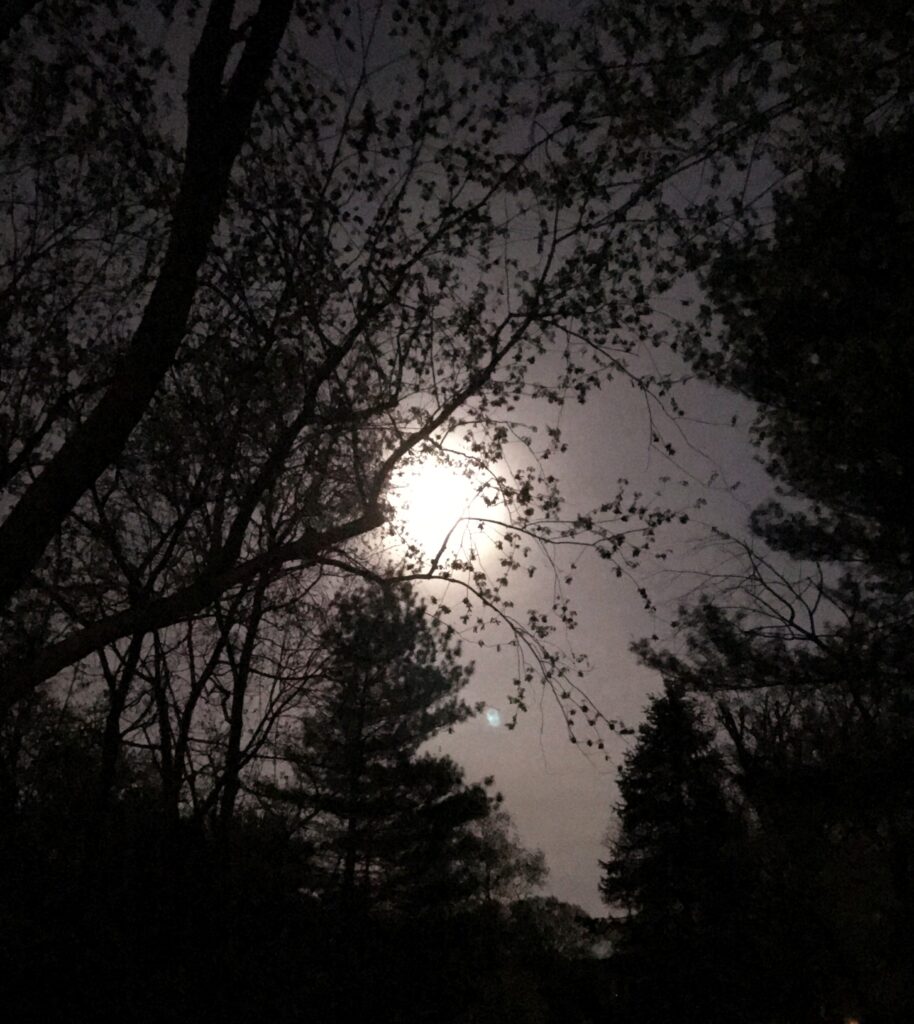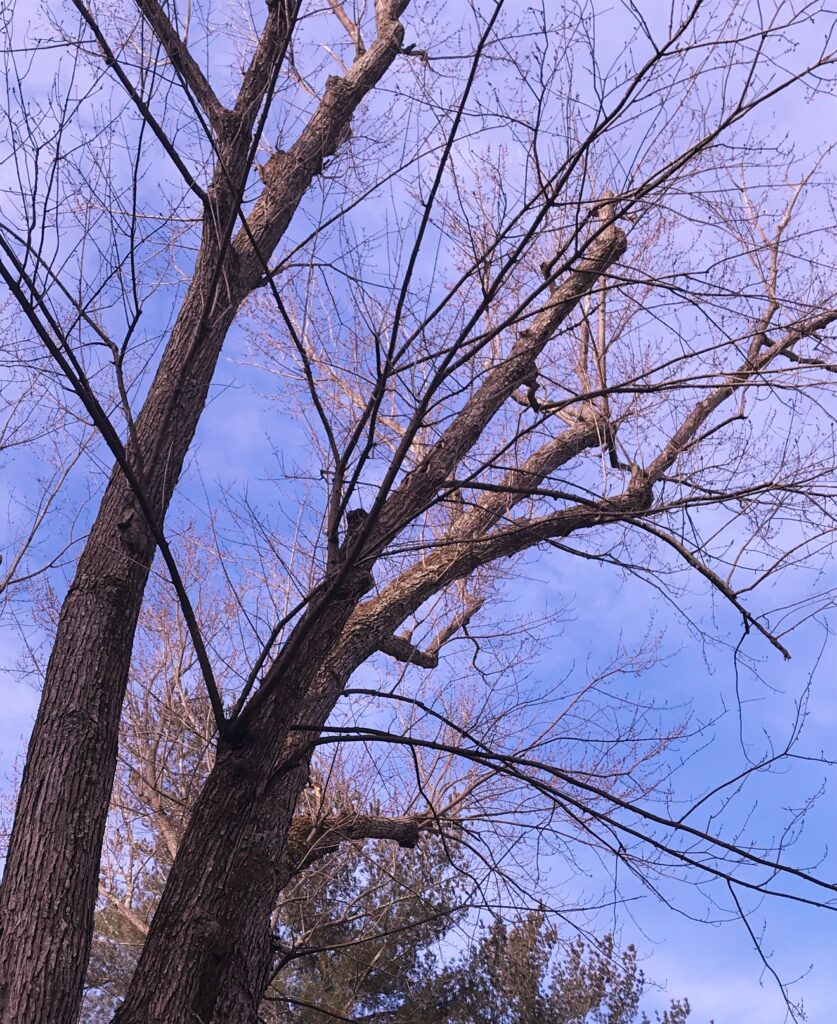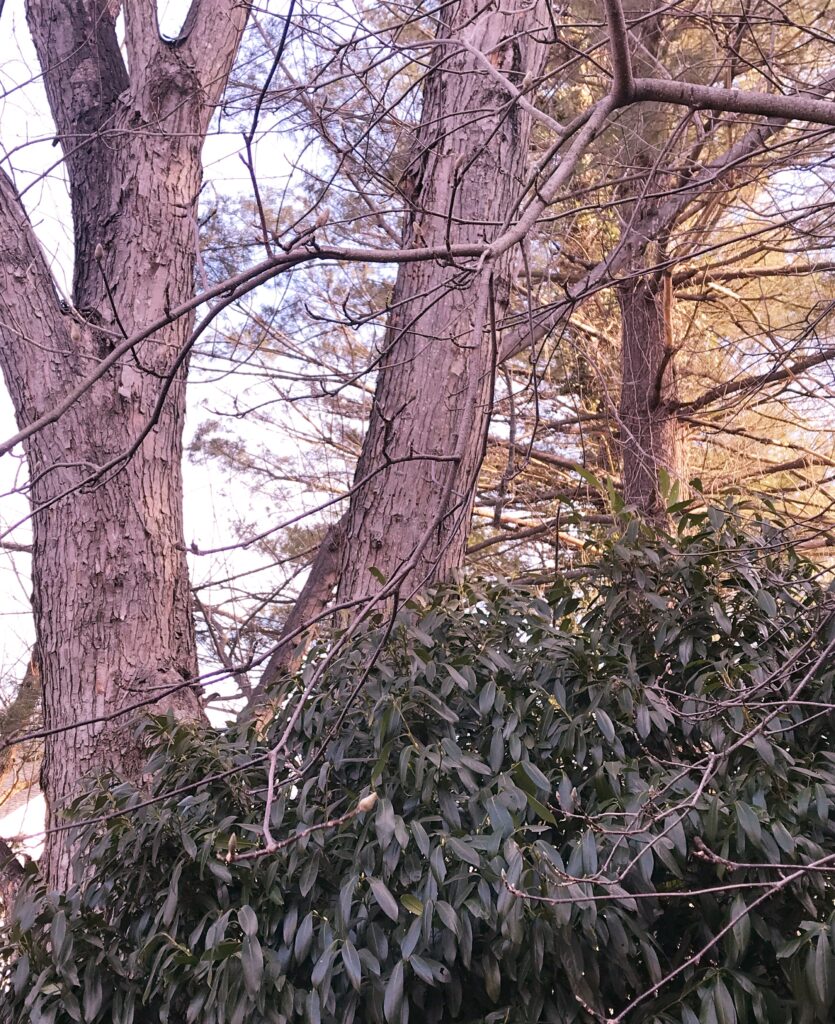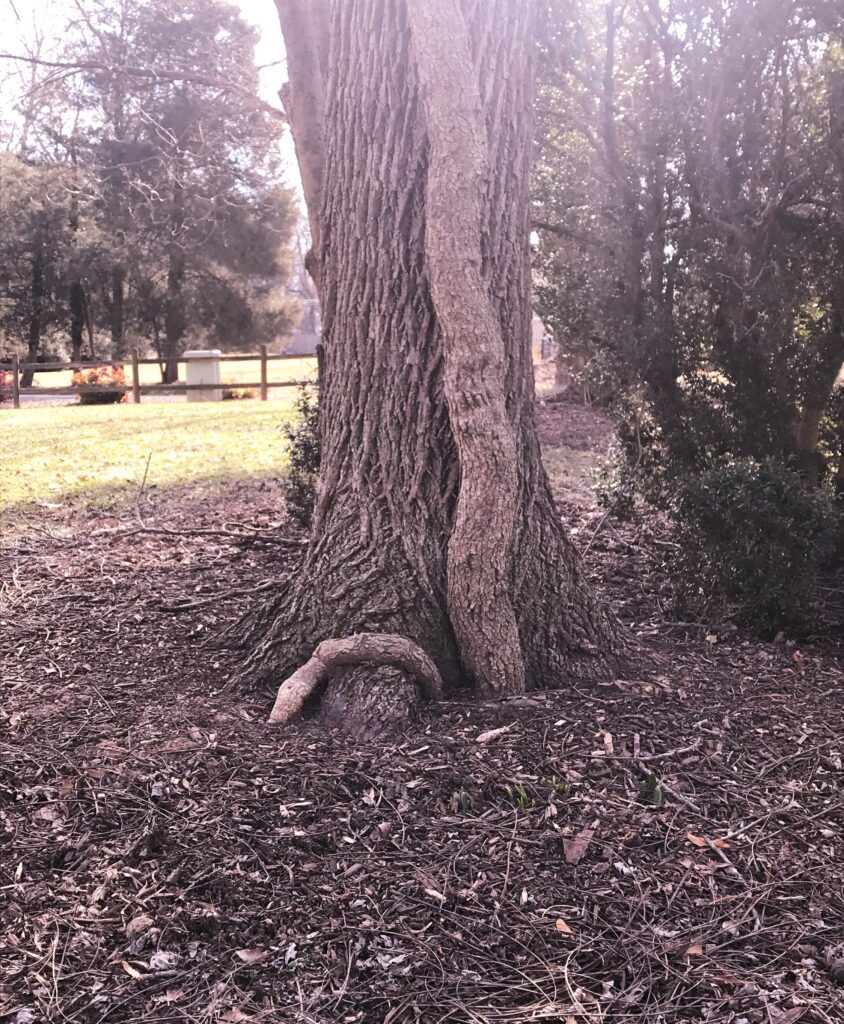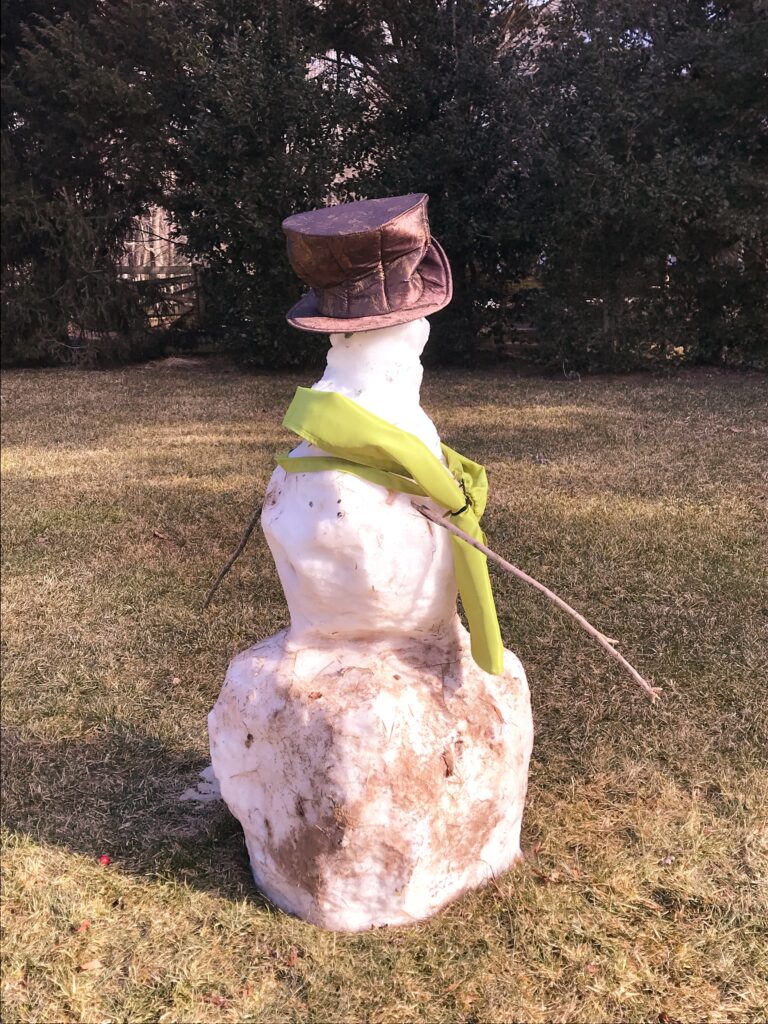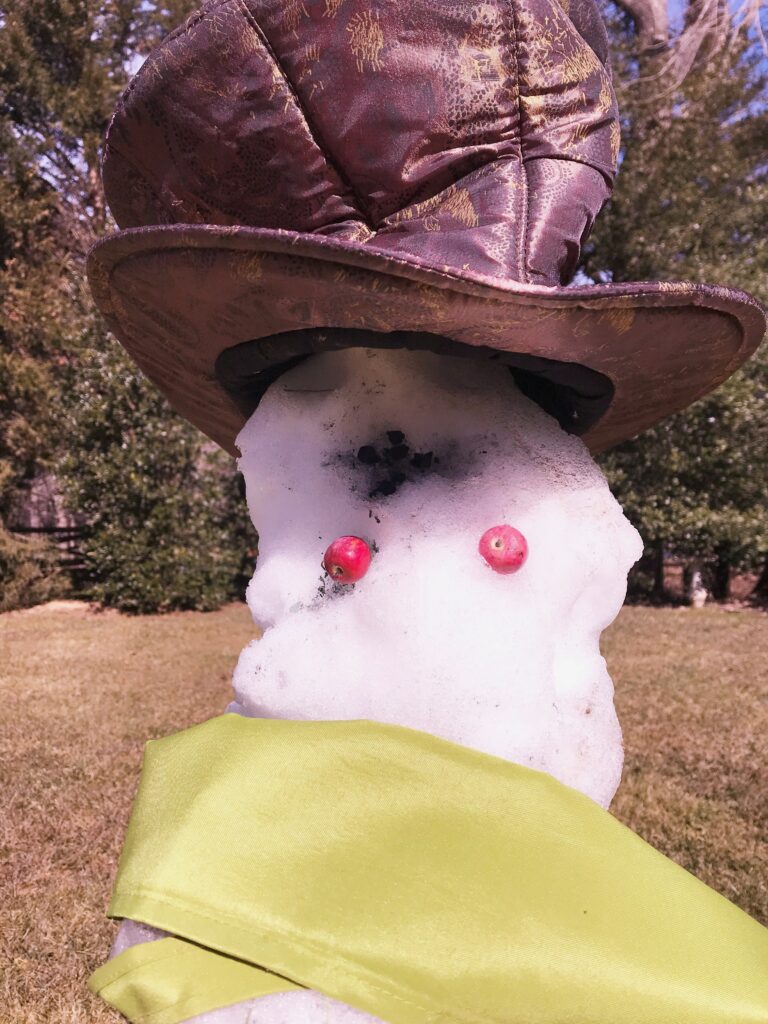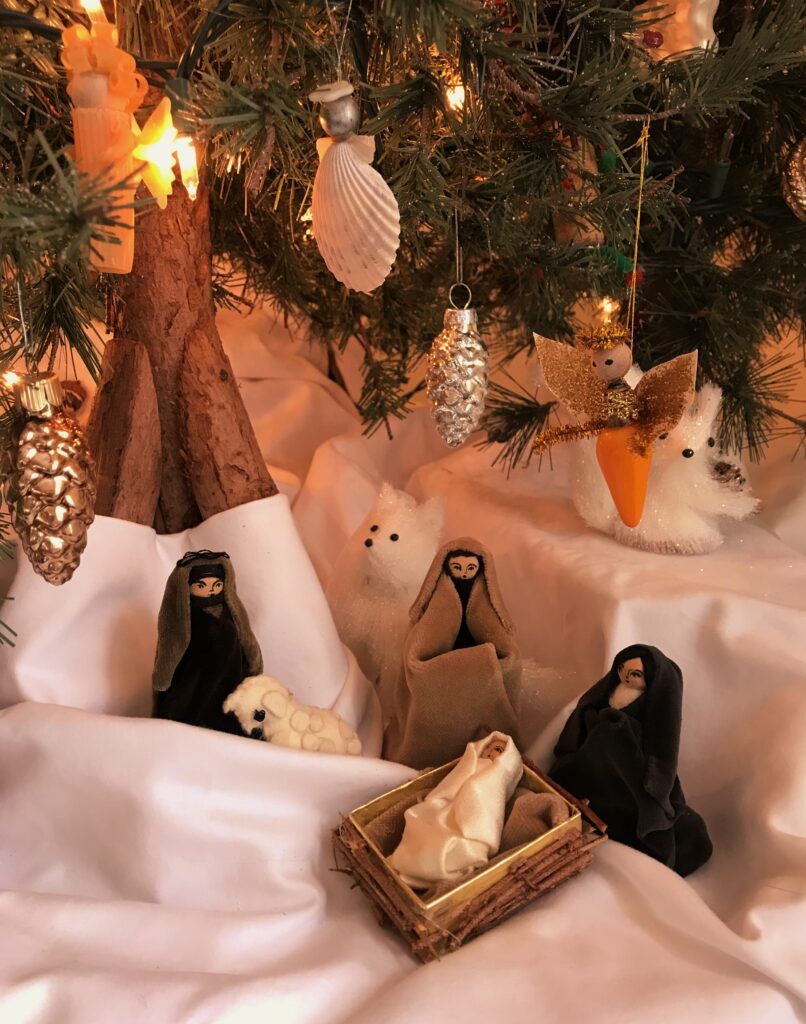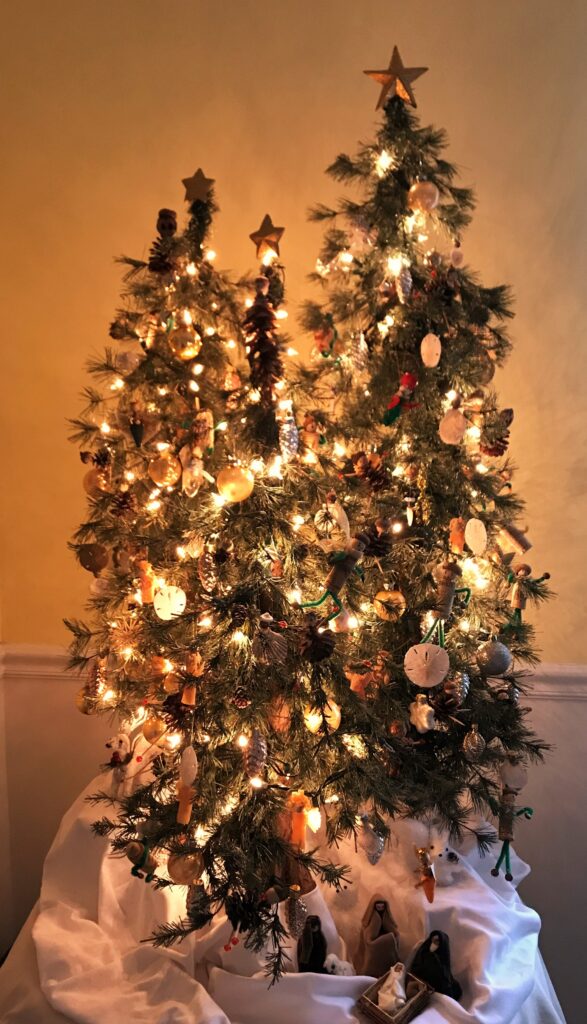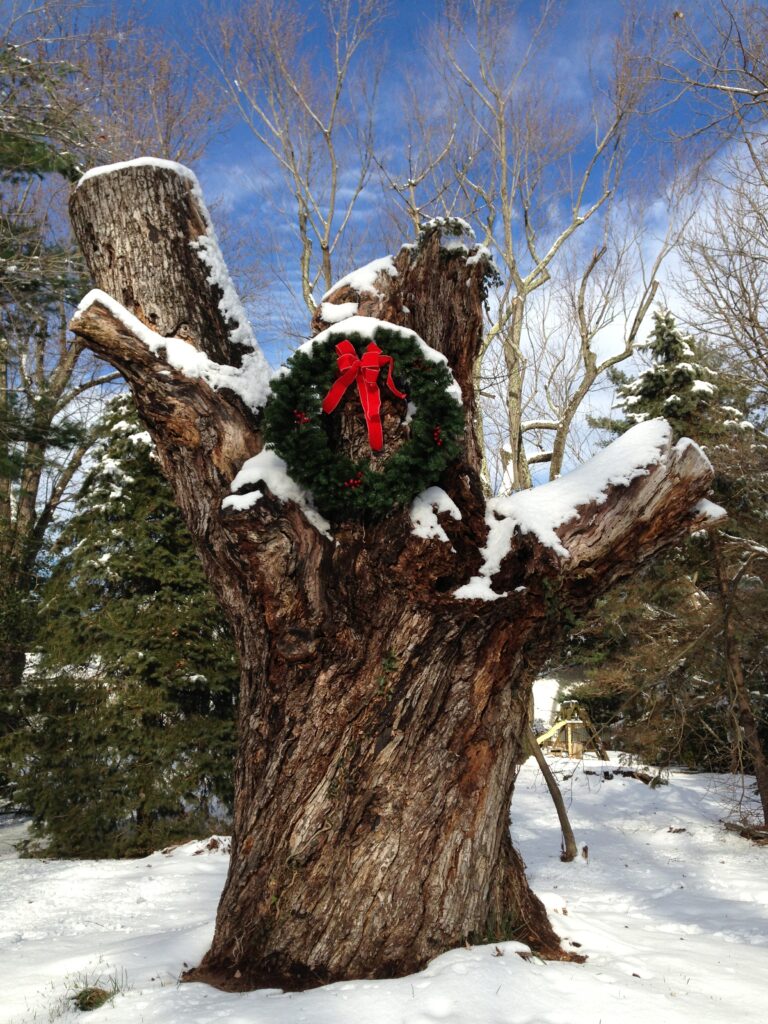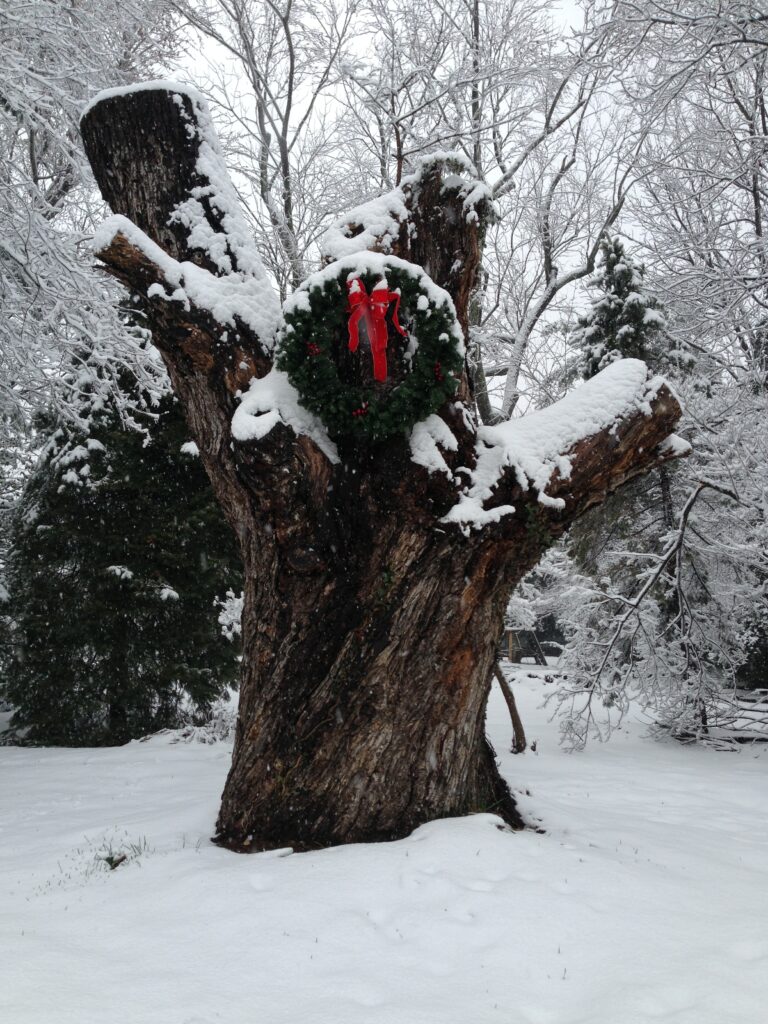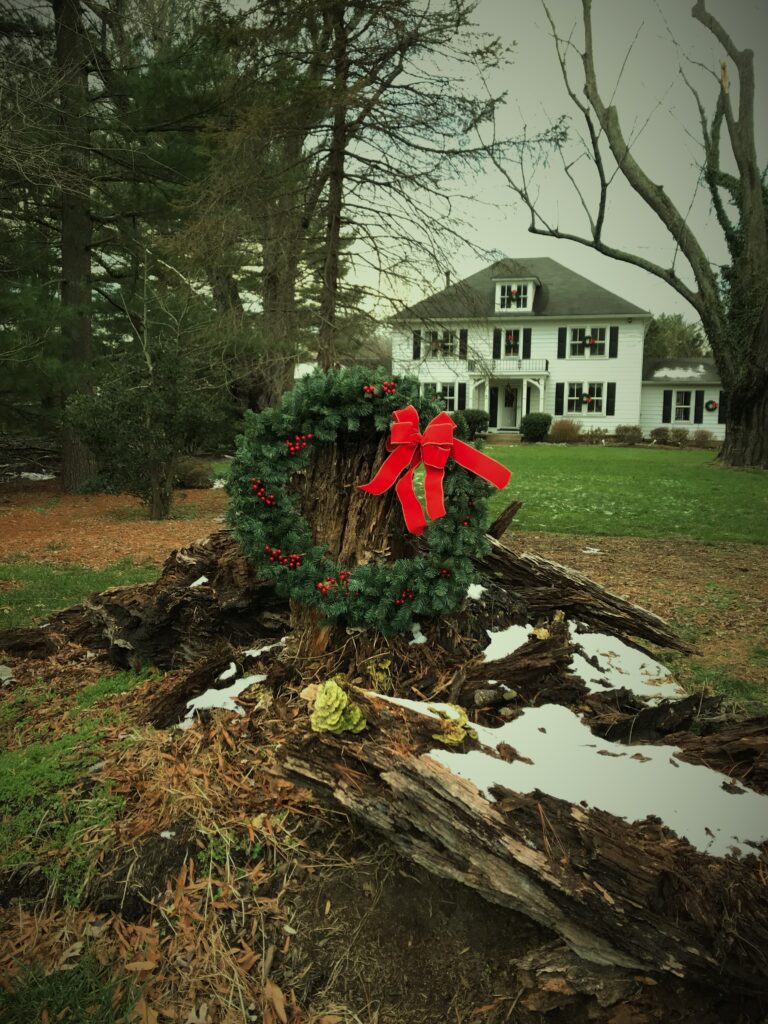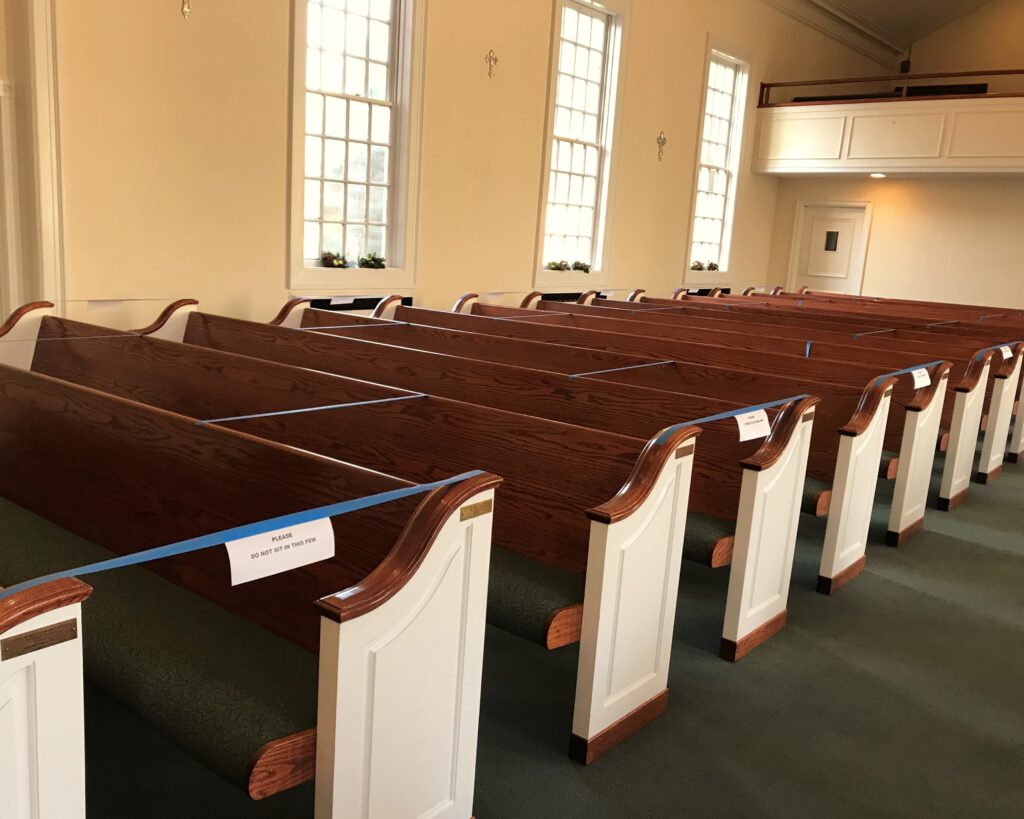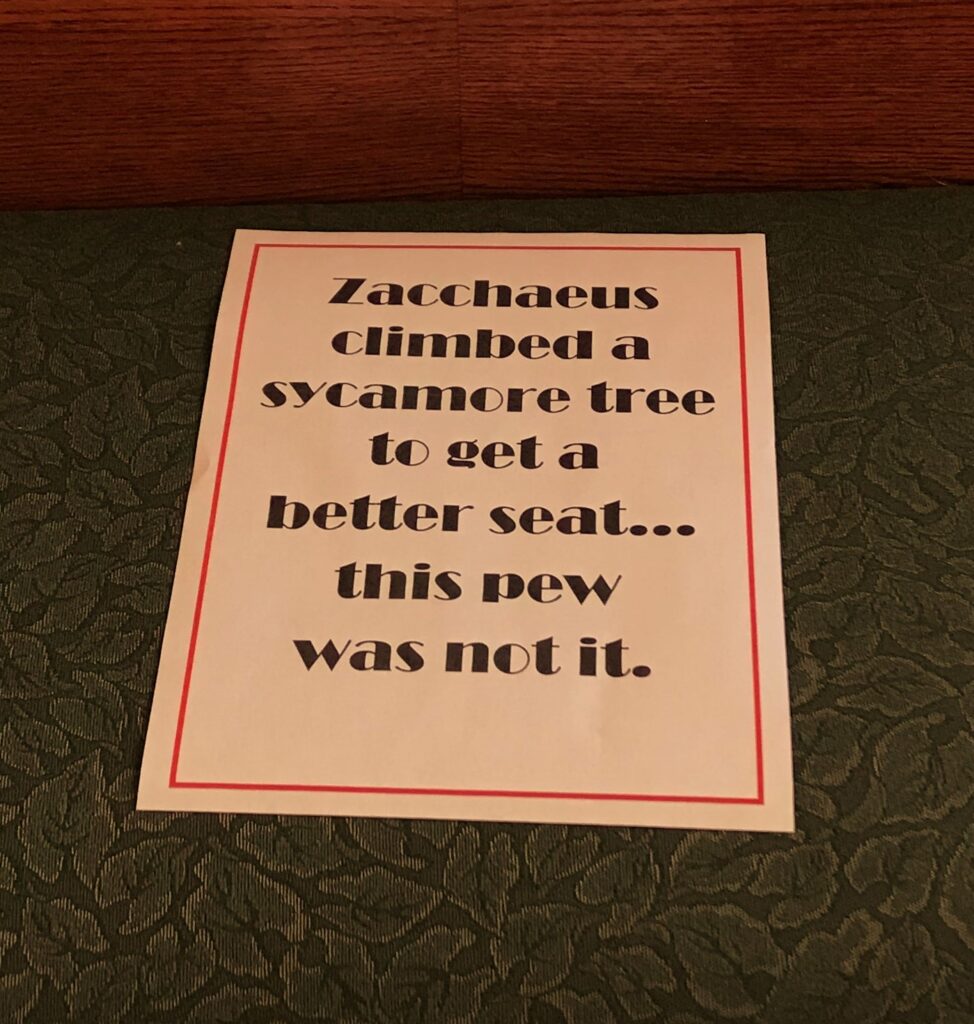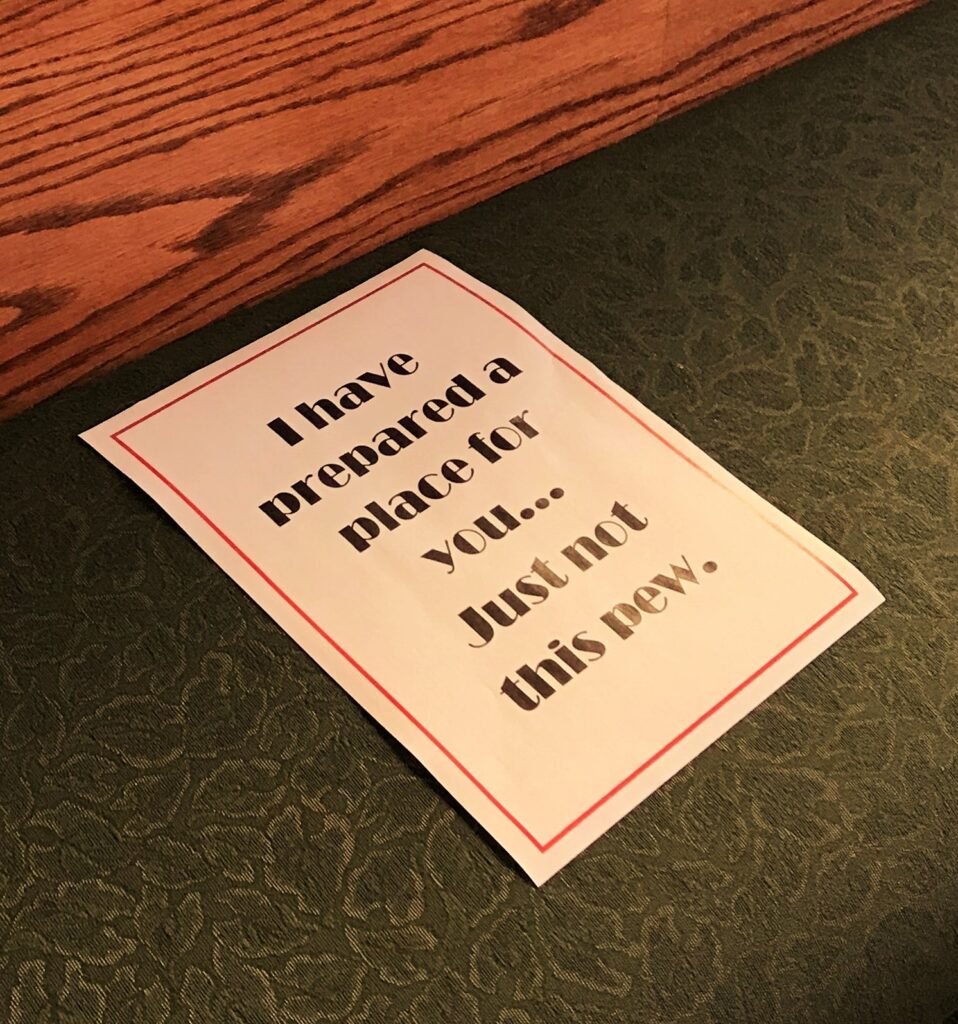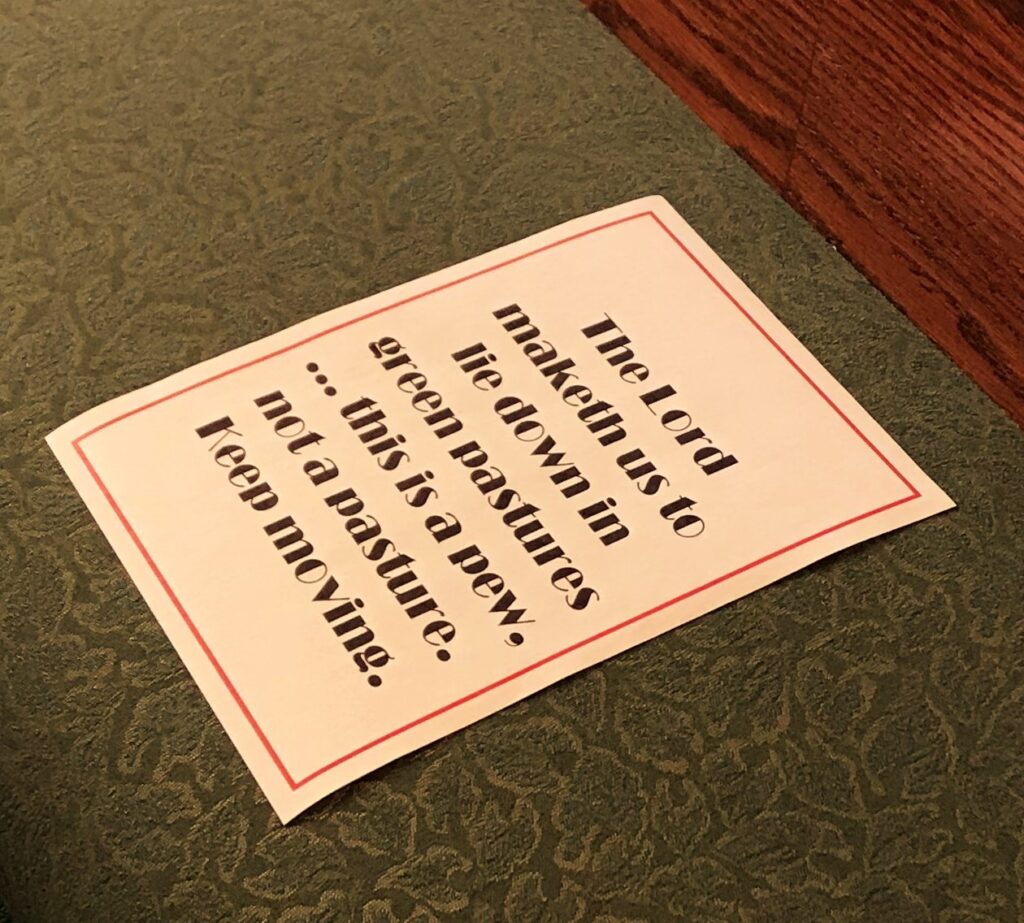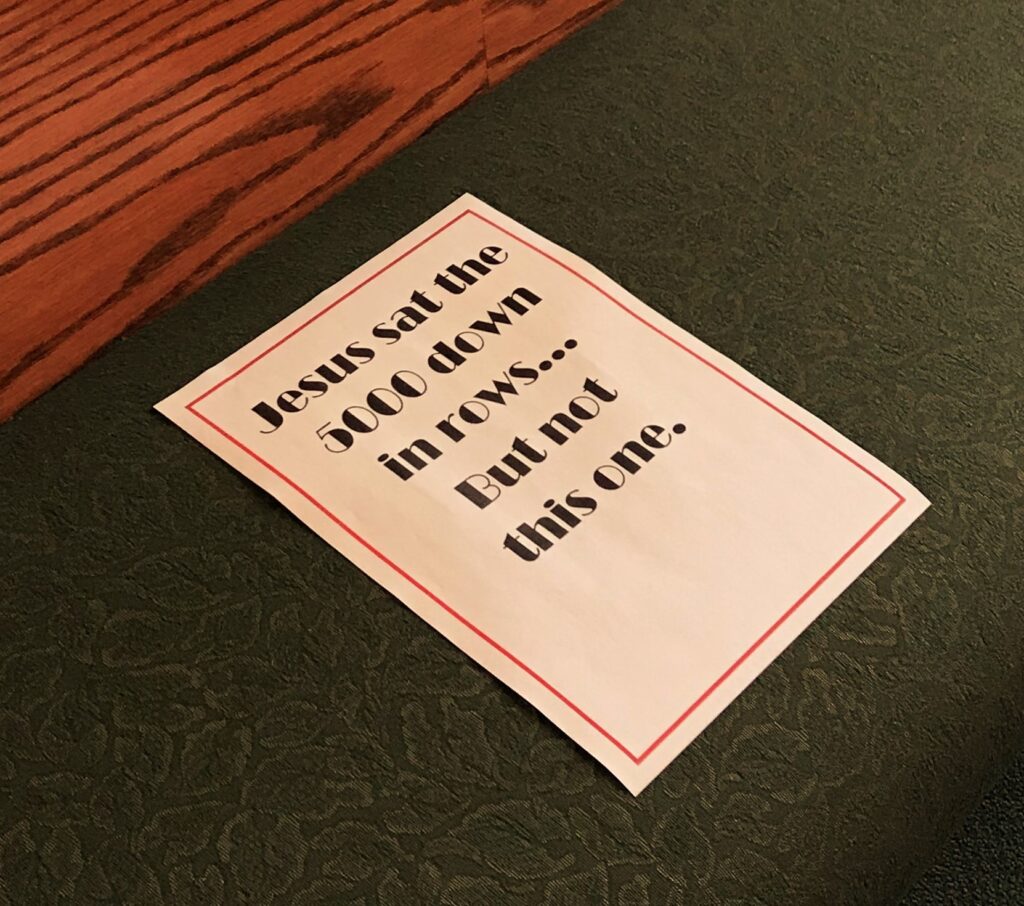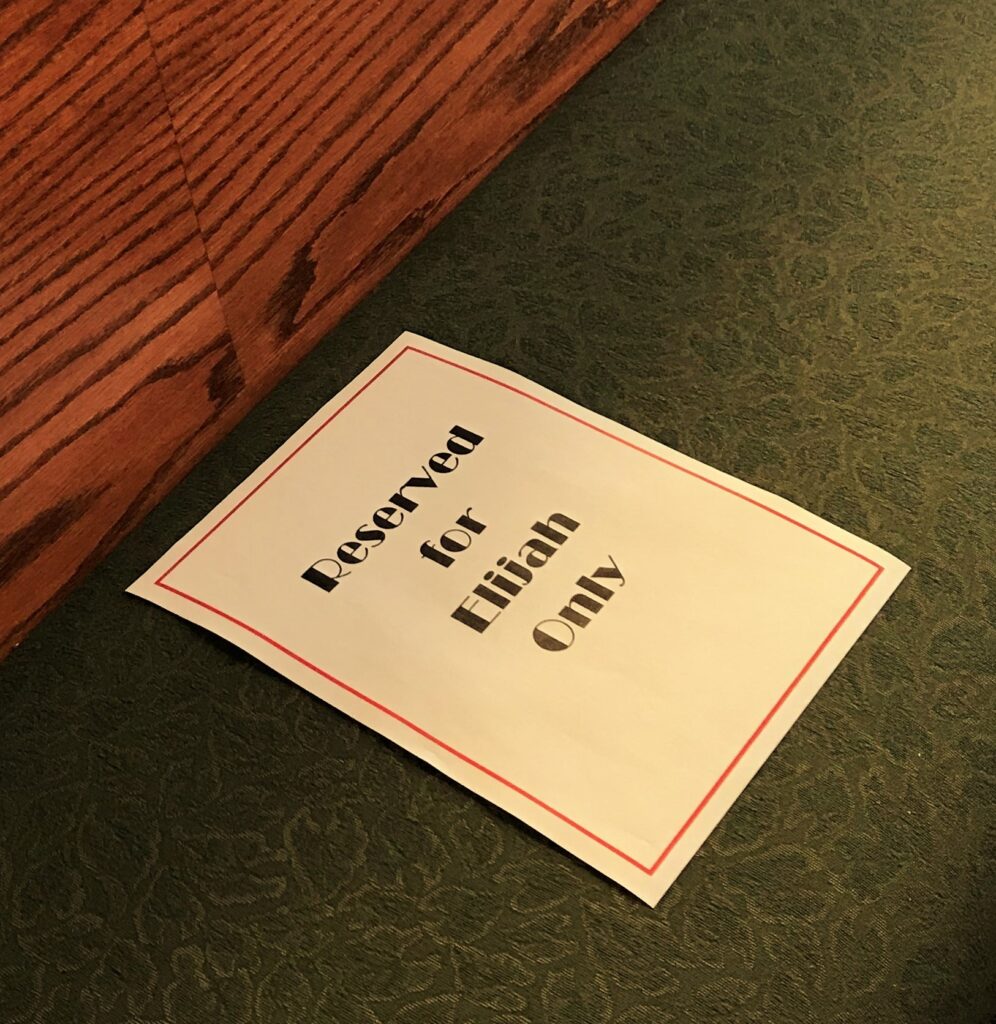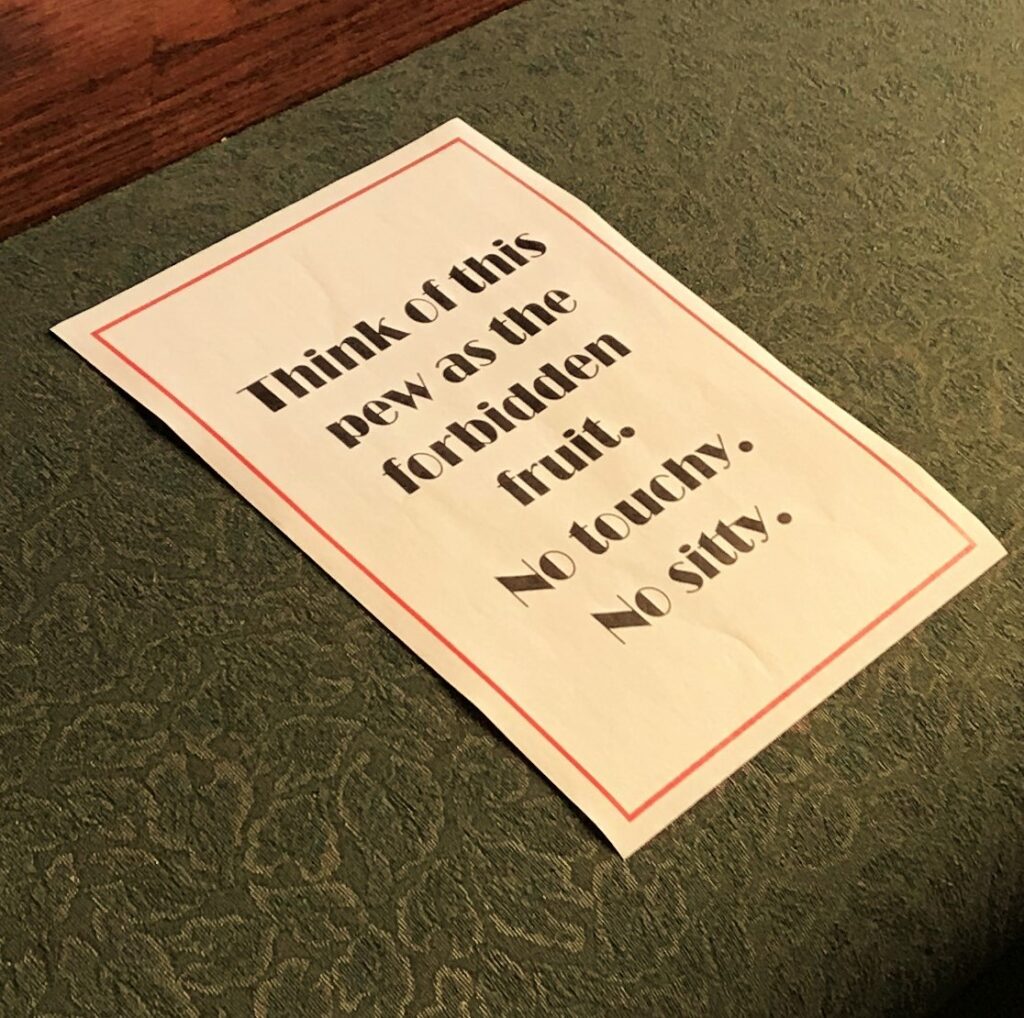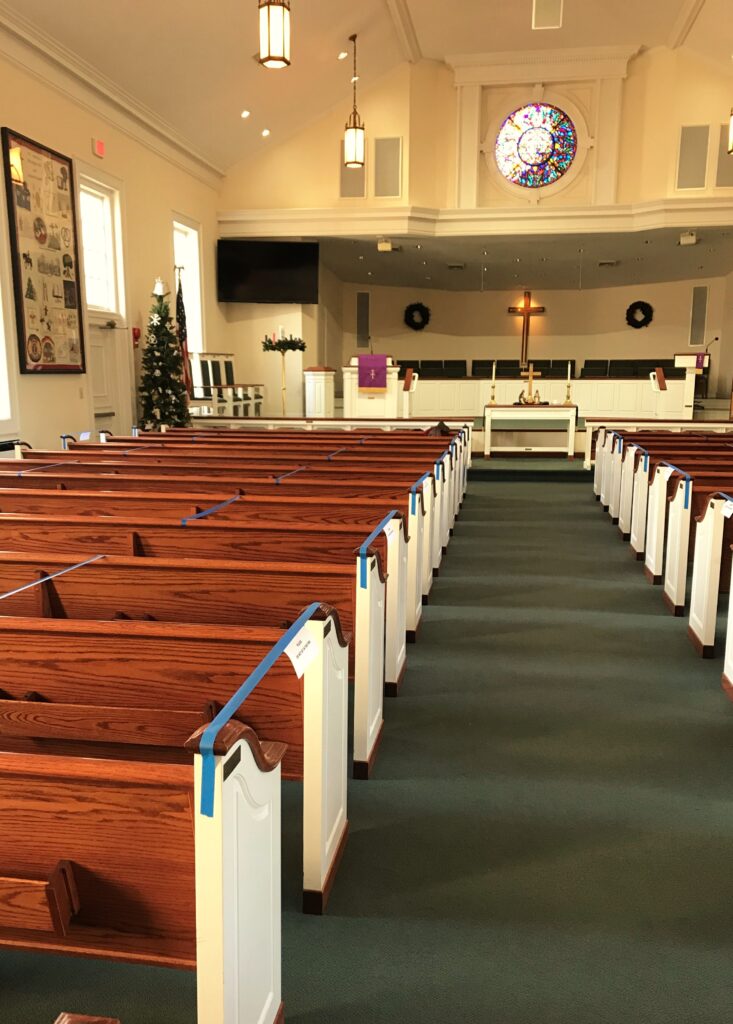We did something highly unusual recently. Something we hadn’t done for close to two years. We packed the car and drove across several state lines to visit relatives for the long Memorial Day weekend. Thanks to the Covid vaccines, we could do so without fearing dire consequences. We had taken another major step the week before, when we attended our daughter’s graduation from the University of Virginia. We were there, in person, on-site! And when D returned home a few days later, we didn’t require her to go into a period of quarantine in our home office. We’re gradually easing back into something akin to pre-Covid “normal.”
My husband’s intentions to visit his parents more regularly had been foiled by the pandemic. He and my daughter had also been eagerly awaiting the opportunity to get some ice time with our young hockey-playing nephews. So H’s hometown of Rochester, New York was our first out-of-state family destination. At Bill Gray’s Iceplex in Brighton, H and D matched skills with the boys for an hour of non-stop action. My sister-in-law and I, in our figure skates, passed the occasional errant puck around and served as videographers.
The Eerie canal village of Spencerport, where H’s sister and her family live, was as charming as I remembered it from our last visit over the Memorial weekend in 2019. The lift bridge, which raises to allow the passage of larger boats, had been freshly painted. Bright flowering baskets hung from shop windows. Our nephews have become enthusiastic fishermen during the pandemic. They breathlessly described to us the many fish that inhabit the canal. On a cold Saturday morning, undeterred by the icy wind blowing over the water, they proceeded to catch a wide range of examples. “A pumpkinseed? Really? That’s a fish?,” I asked the boys, thinking I’d heard wrong. Yes, indeed. A small and colorful speckled sunfish. Kids are such fountains of knowledge.
As much as my husband enjoys speeding across the ice in pursuit of a hockey puck, I like a brisk stroll through picturesque neighborhoods. I had been looking forward to walking again along Spencerport’s tree-shaded streets lined with beautifully tended old homes and historic churches. I kept falling behind my daughter and sister-in-law as I paused to take photos. So many captivating architectural details, so little time.
The lamp posts on the main streets of the village were again decorated with flags and Hometown Heroes banners. Photos of our military men and women currently serving in various branches of the armed forces gazed down on us. Although the images were different, the group was just as youthful-looking as those of a previous year. Some were smiling. Others had adopted more serious expressions. All, I expect, must have been feeling a sharp mixture of anxiety and optimism during those photo sessions.
Their faces look down on the quiet, peaceful streets of home. Yet the real young men and women are far away, in places where turmoil reigns and peace is elusive. Every time I think of pretty little Spencerport, with its inviting sense of homeyness, I think of these hometown heroes. I pray that they return whole and healthy to their families.
I pray also that we civilians do our part to earn that name. May we not forsake our civic duty. May we pursue truth and learn from it, especially when it is painful. Especially when it reveals shortcomings that need to be addressed. May we actively work toward justice and peace for all people. May our country, our democracy, remain worthy of our pride and of the service and sacrifice of our military men and women.

